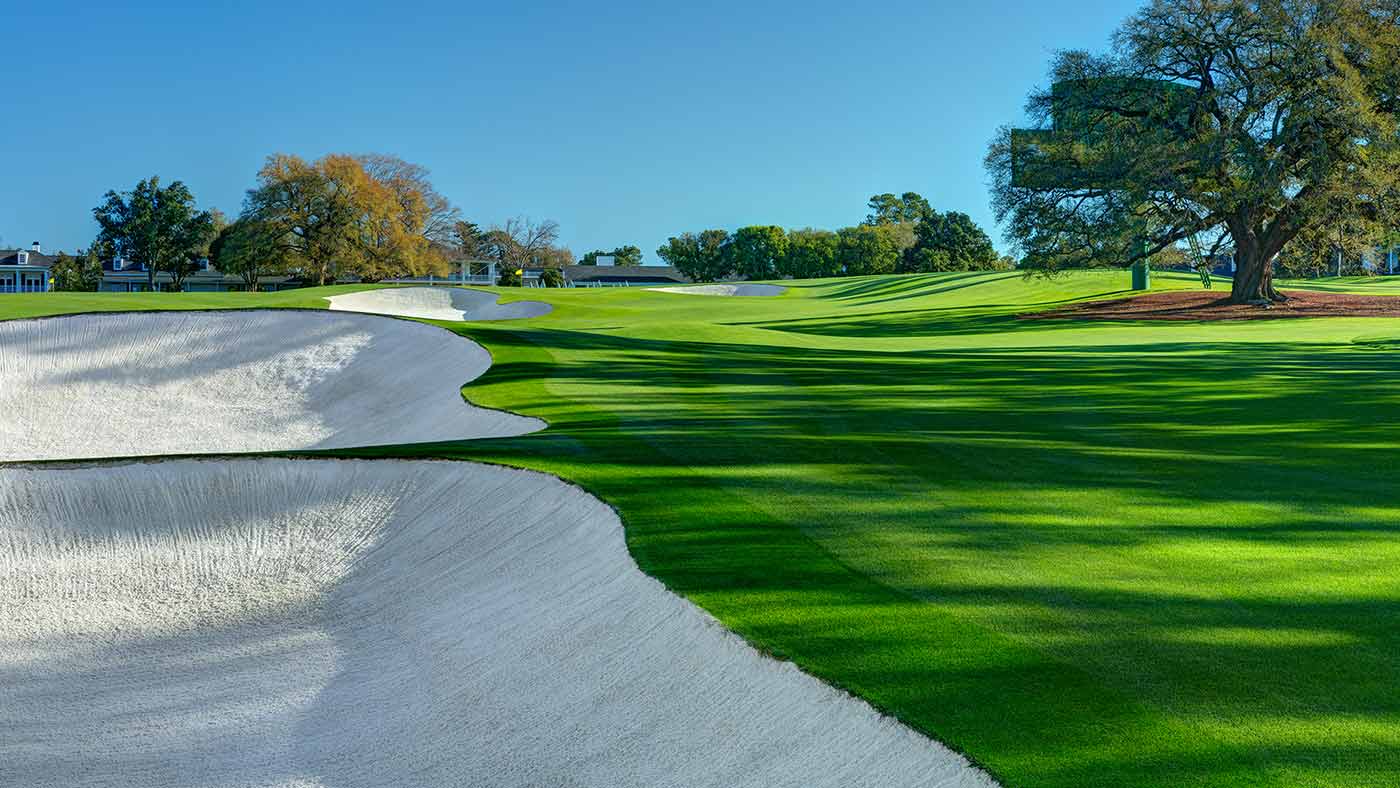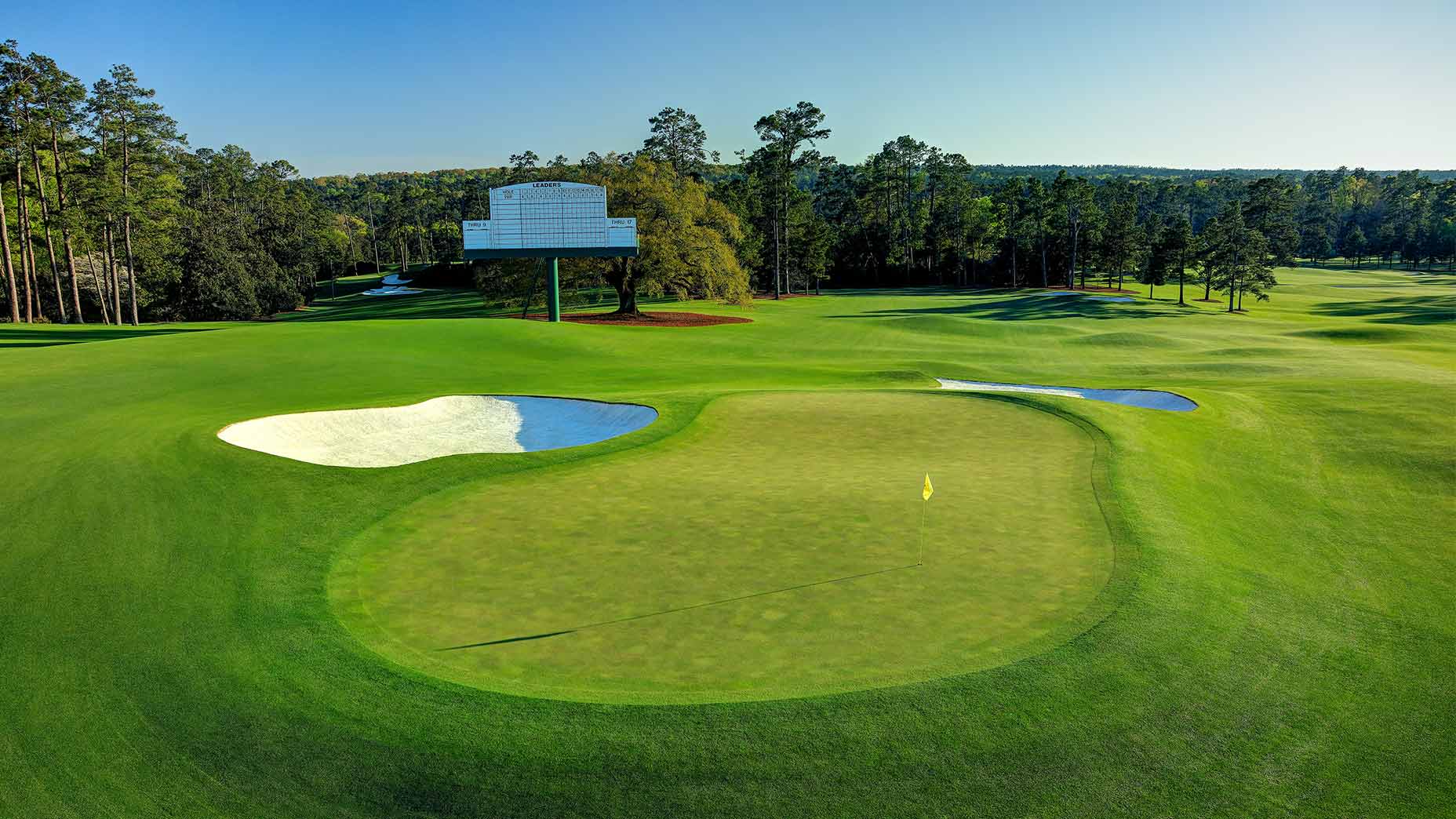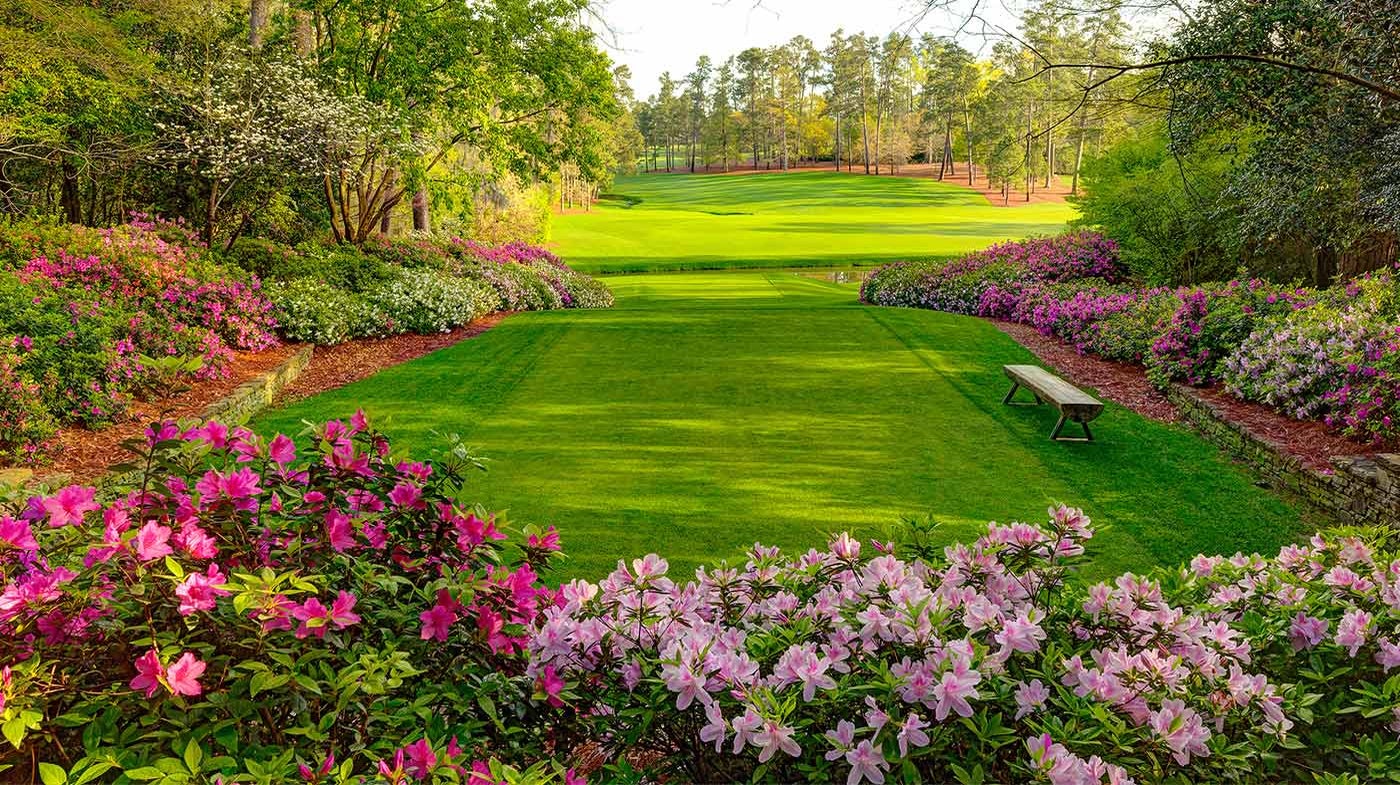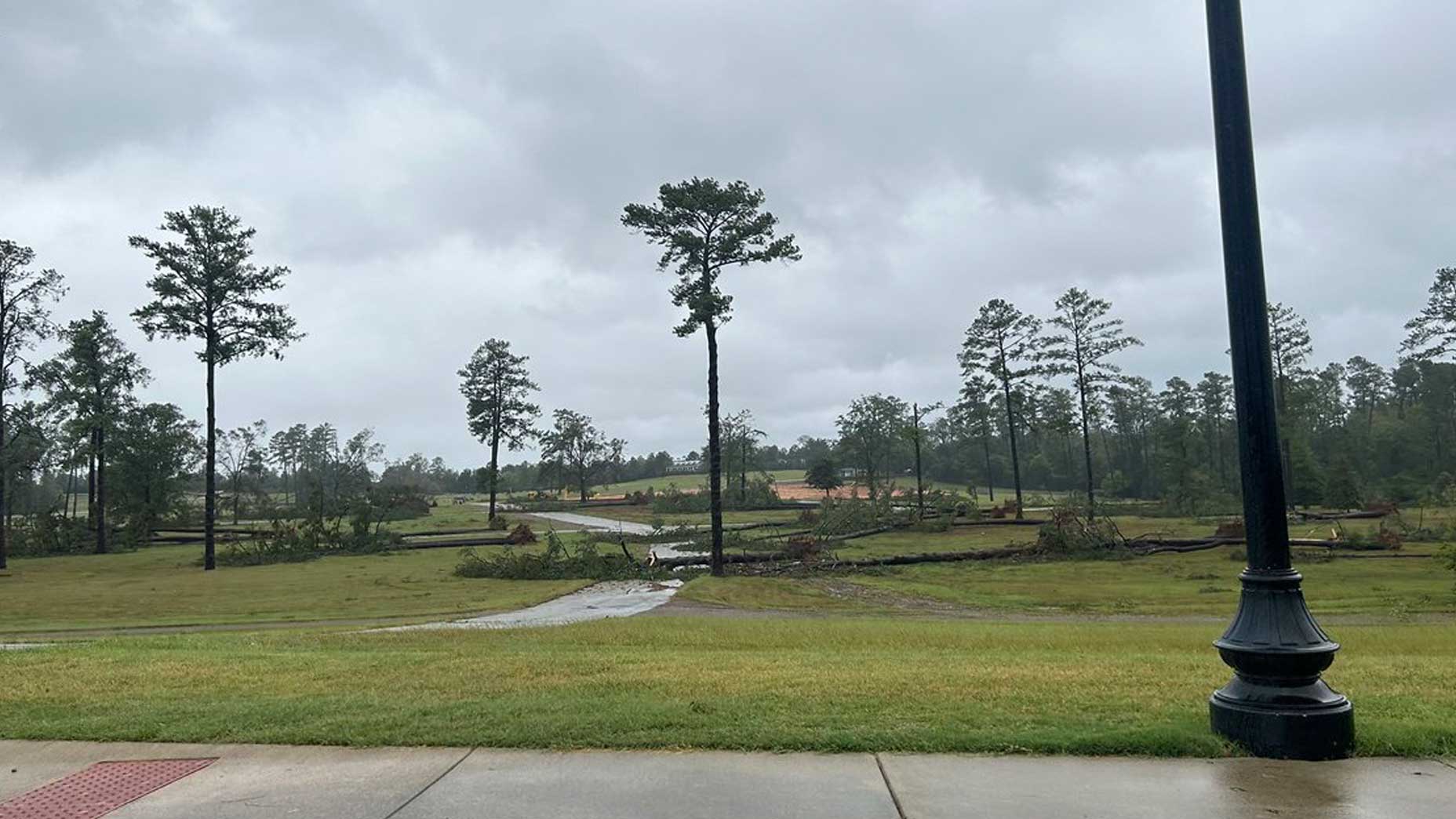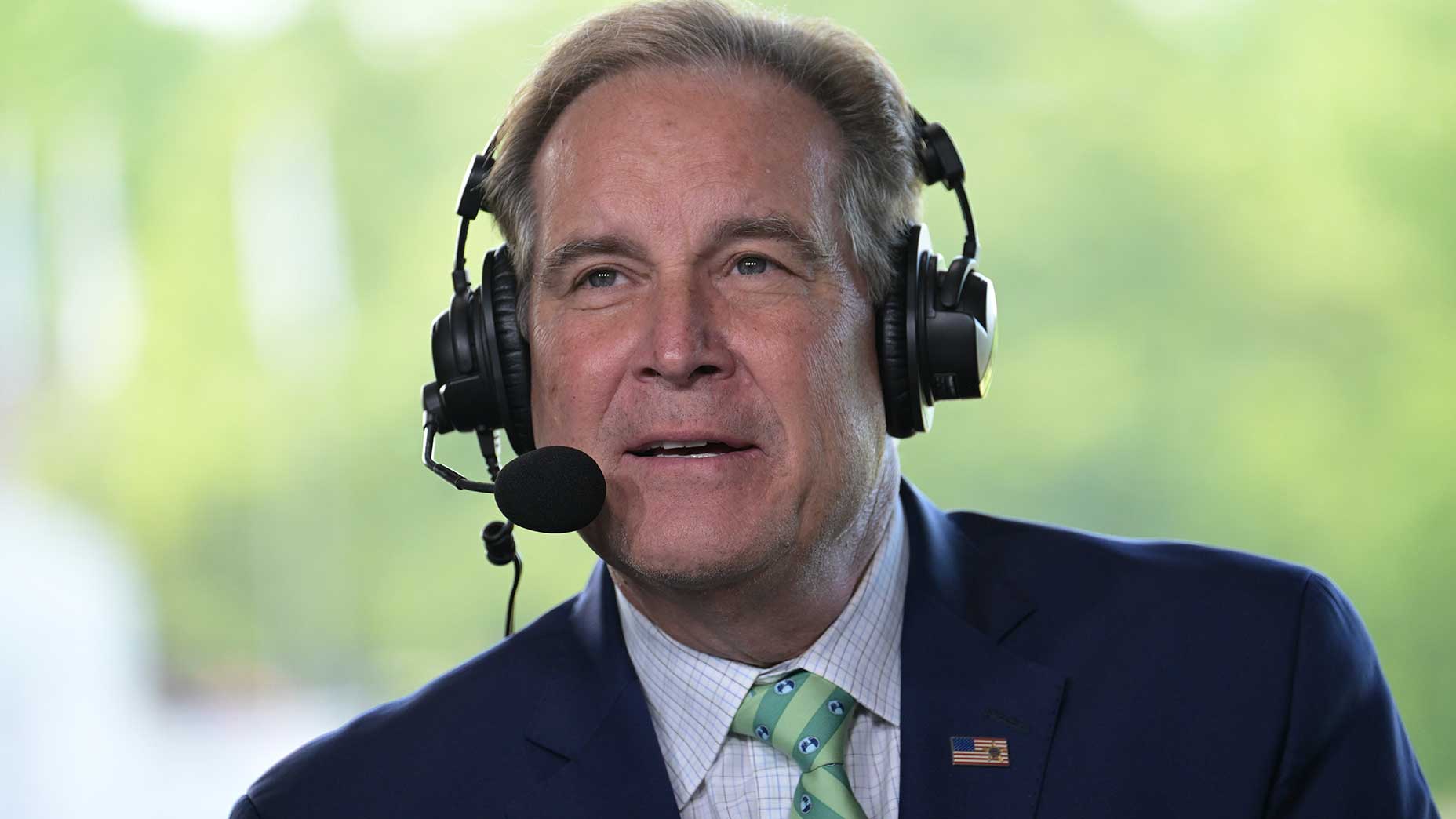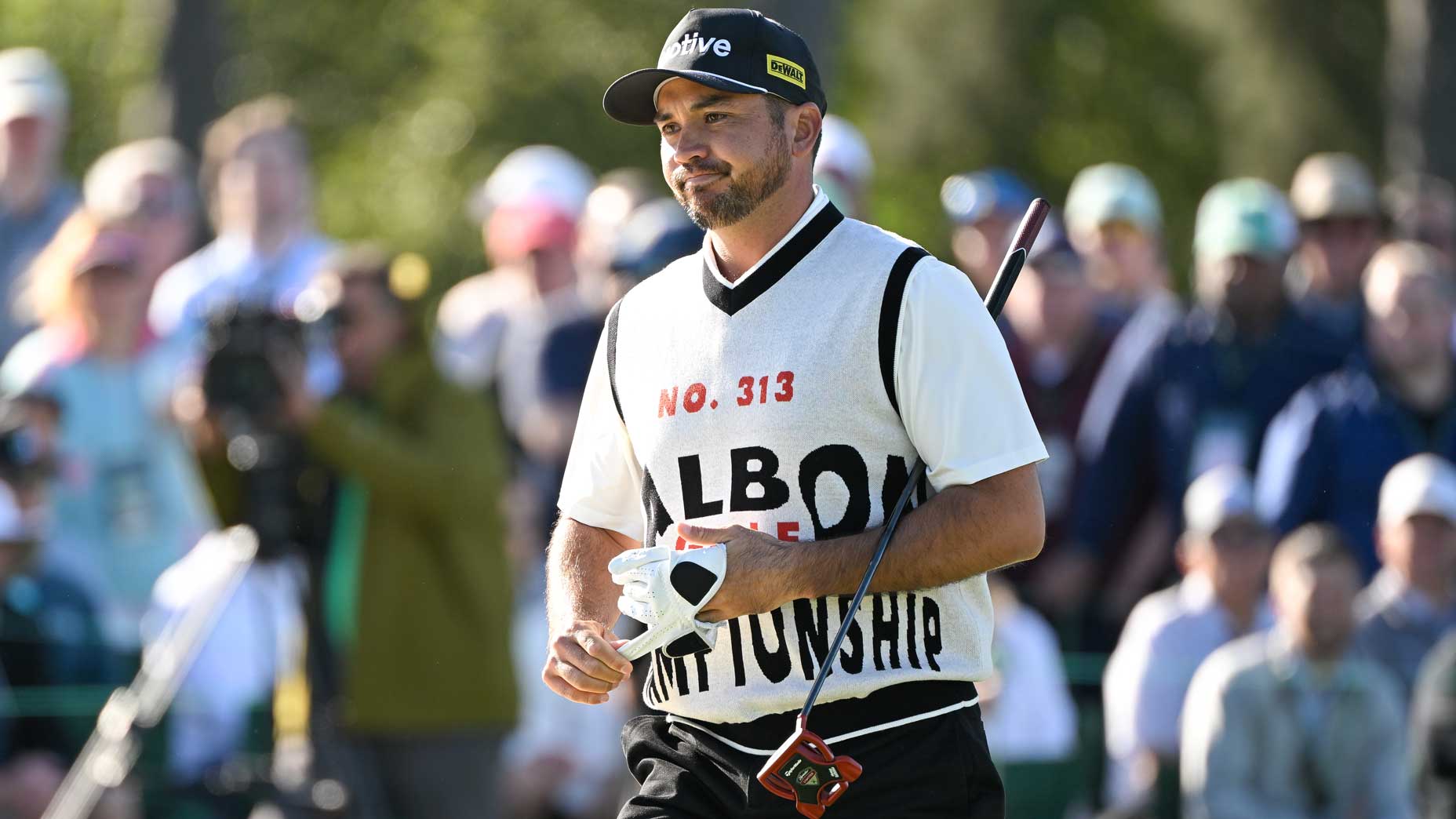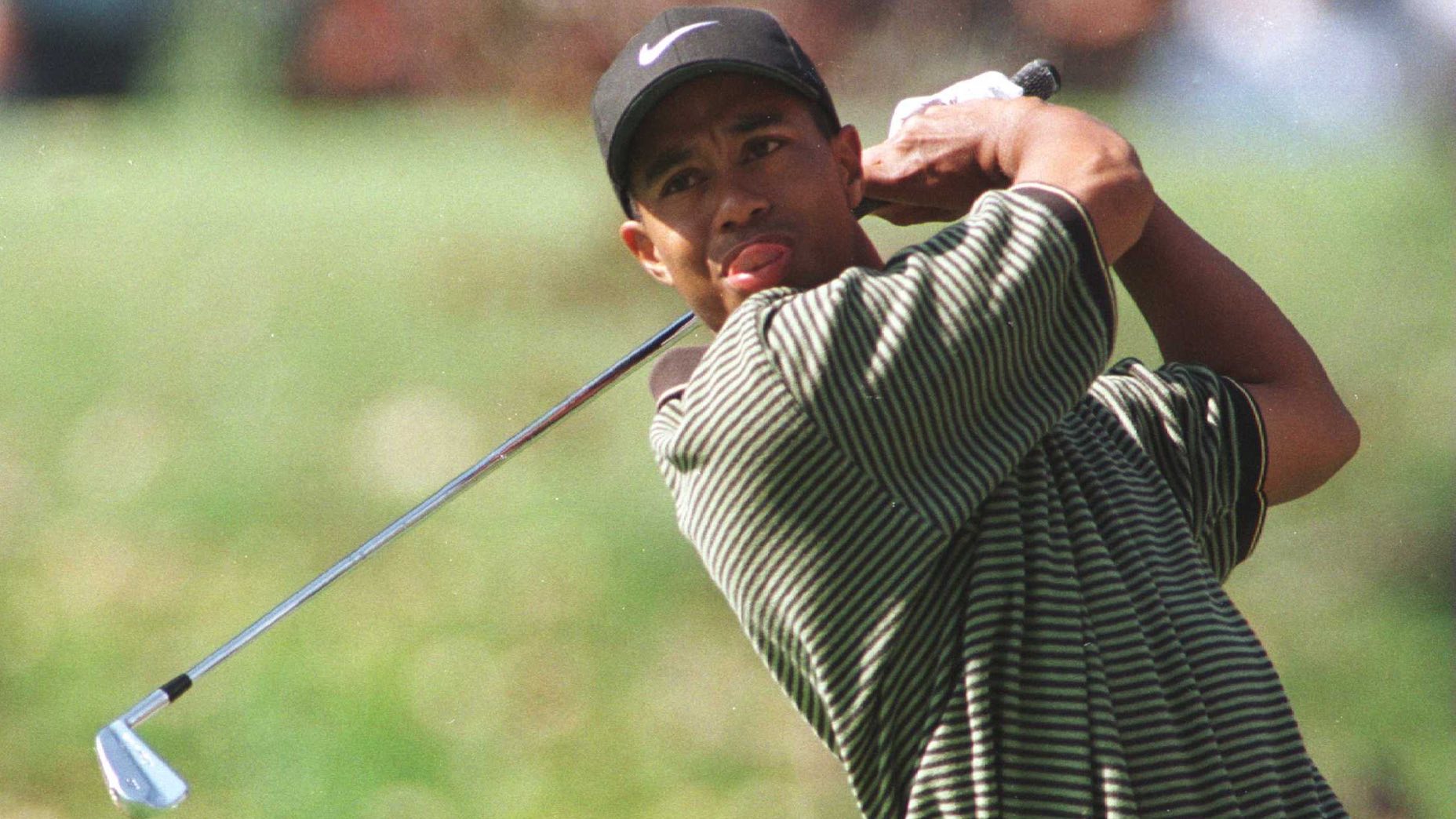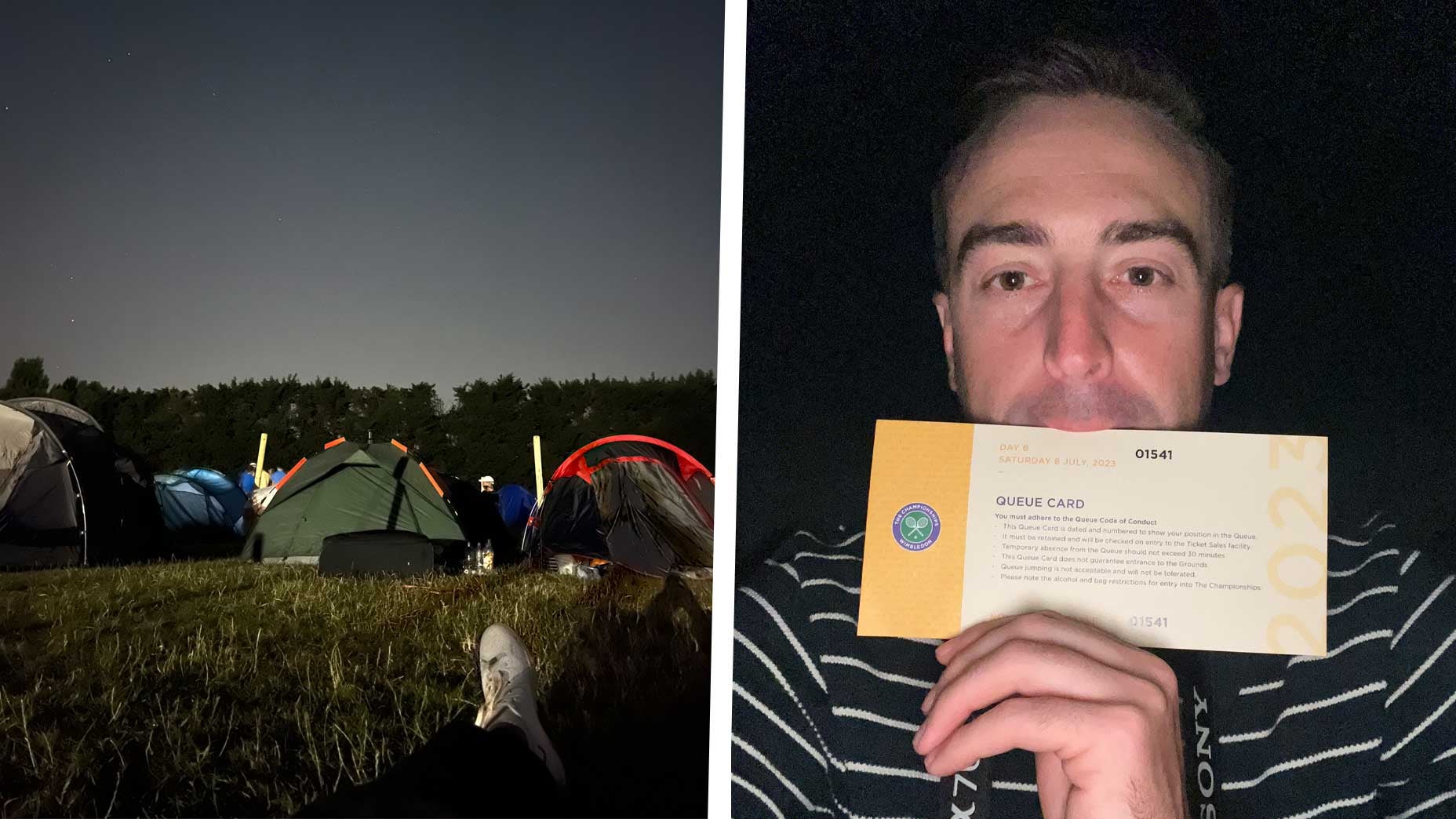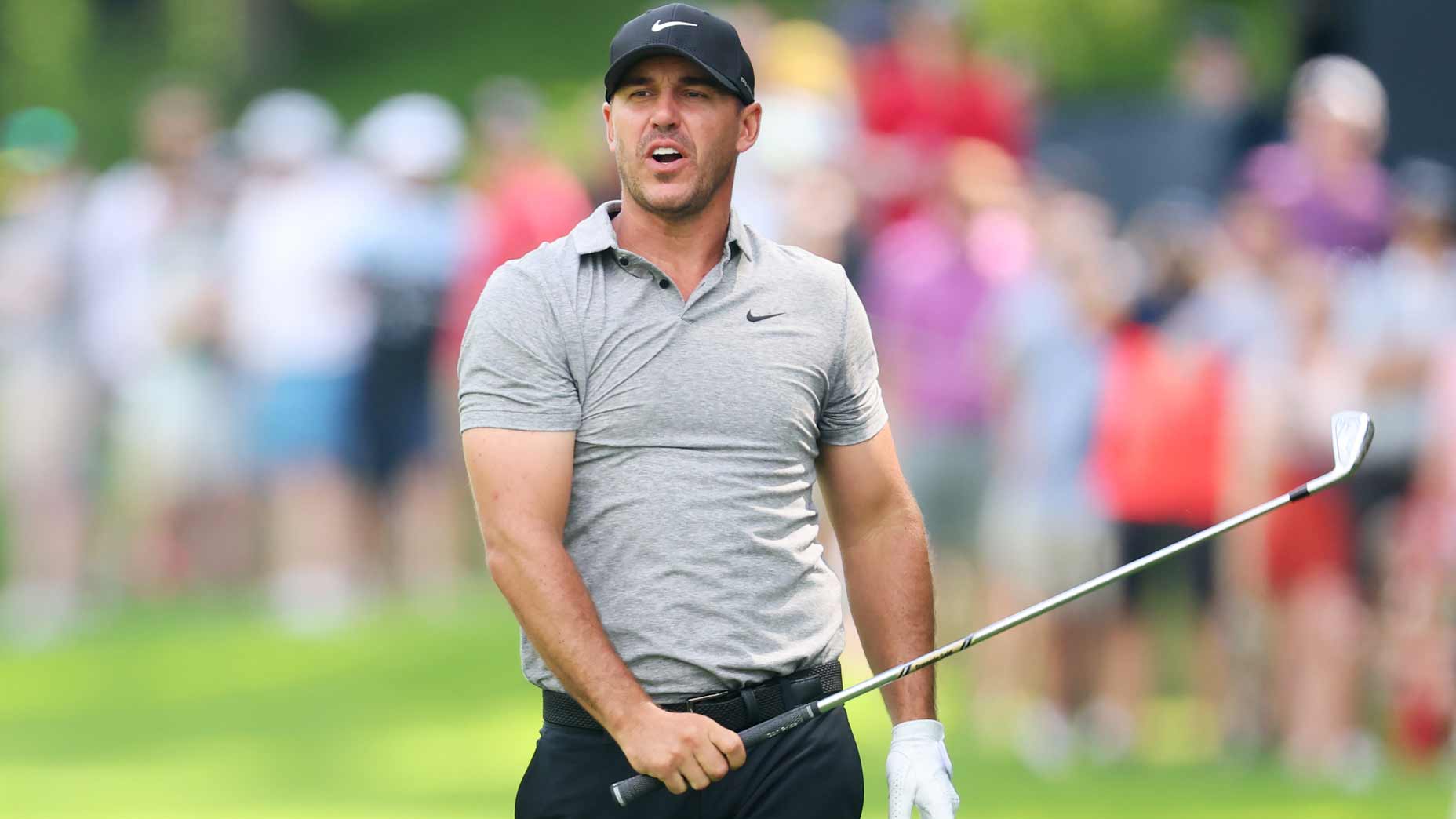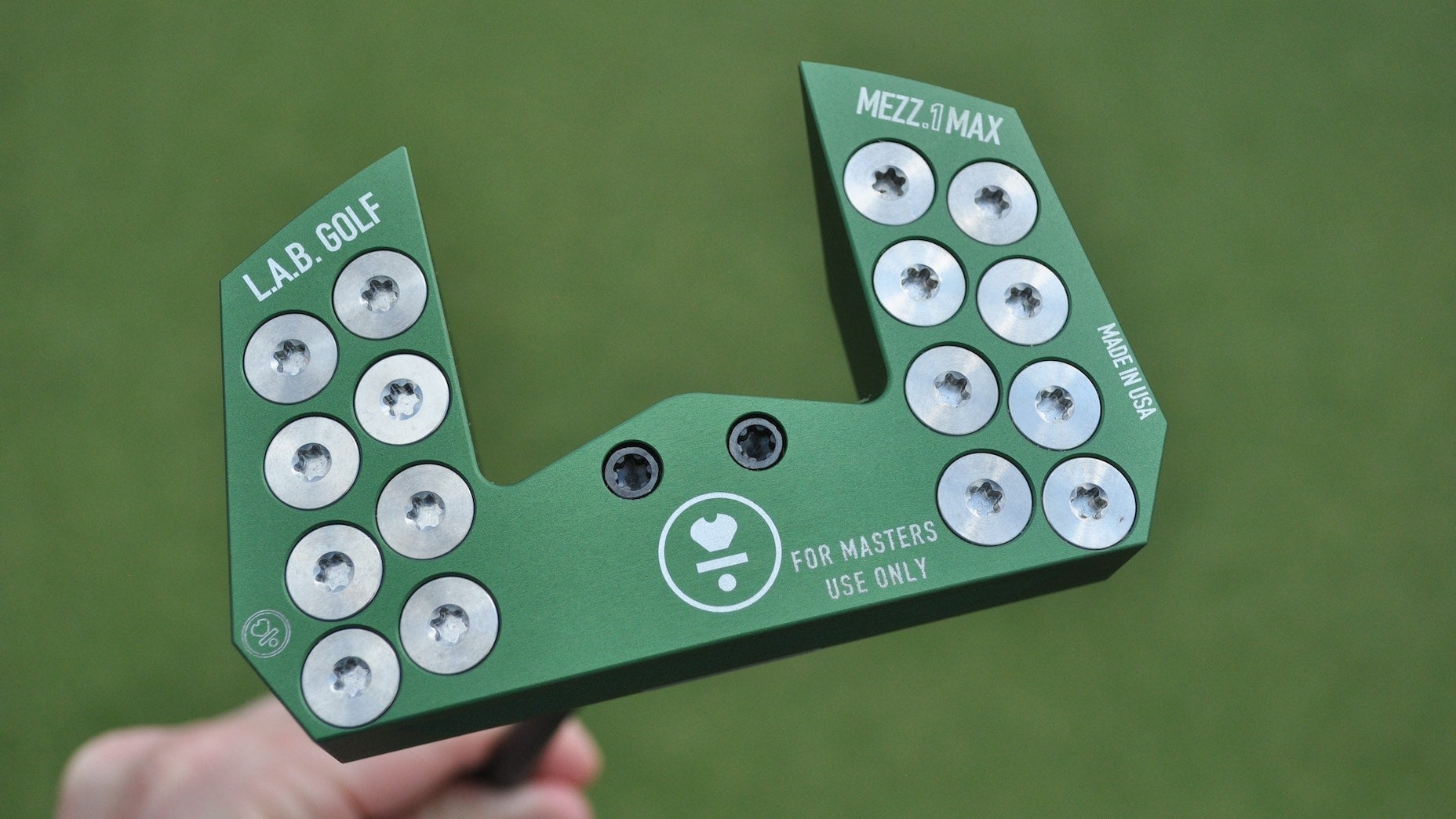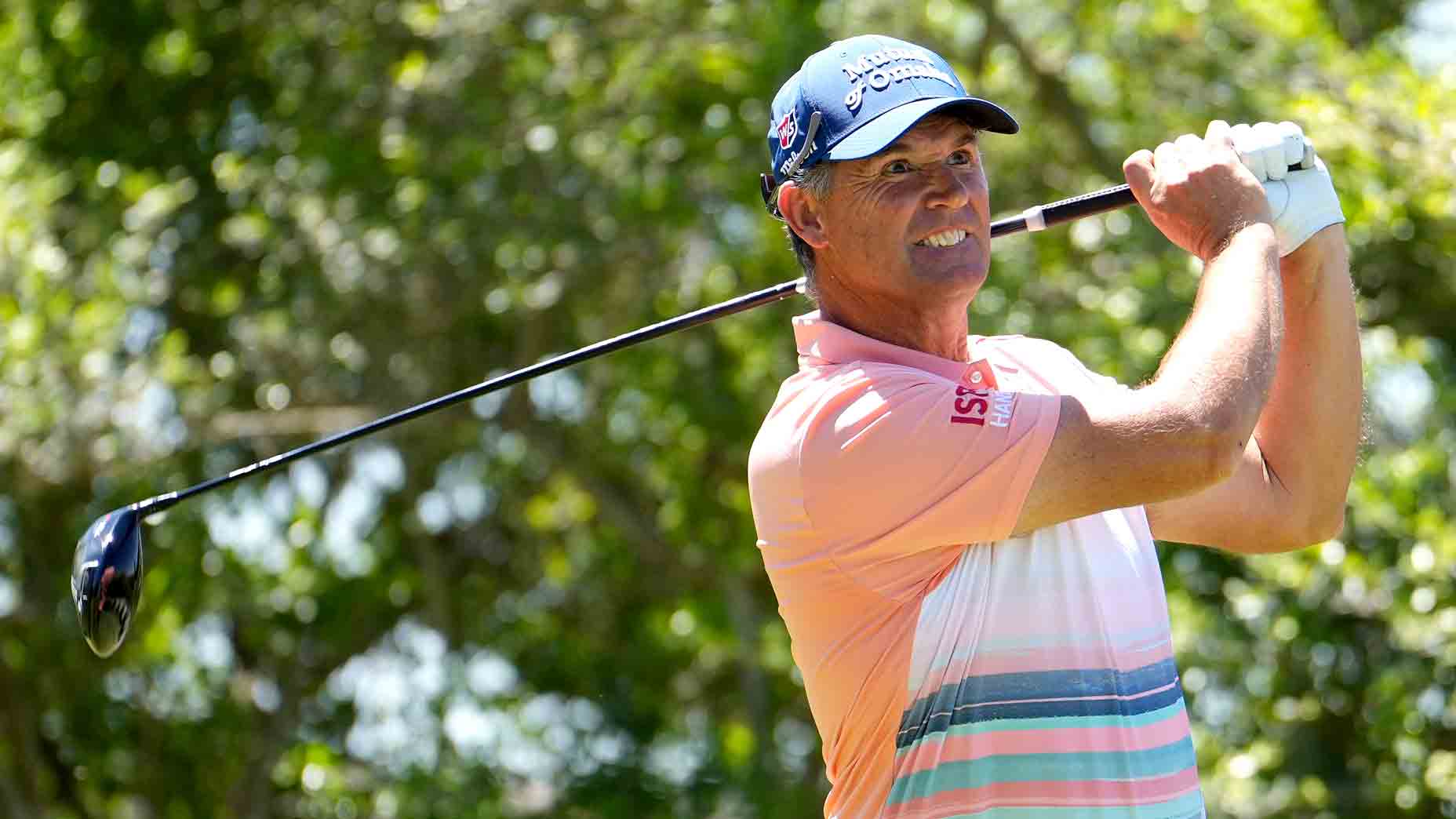In the 65 years since the Masters Tournament was first televised, golf fans have seen every inch of Augusta National’s beauty in high-def close-up. What you’ve never seen is the course — hole by hole, tee box by tee box — through the eyes of 18 living Masters champions, from Jack Nicklaus, Gary Player, Dustin Johnson, Ben Crenshaw and beyond. Until now. Eighteen holes, 18 winners, 18 ways of seeing Augusta National anew.
Hole No. 1: Par-4 / 445 yards (Tea Olive)
By Tom Watson (1977, 1981 Masters champion)
What you see off the tee: “A very wide expanse of fairway up to the bunker on the right at the top of the hill. You see the hole go downhill and then back uphill. And, of course, it’s totally lined by people — it starts narrow by the tee, then spreads out, and that really frames the hole.”

What you don’t know until you’ve played it: “The green has a false front. If you land short — in the first 20 to 30 feet — it’s going to roll all the way back off the green. So you have to carry the false front, and that makes the green smaller.”
Where you will make the biggest mistake: “Some players will approach the first hole differently because it’s the Masters and, obviously, that’s exciting. But you really have to suck it up and make a good swing and not get too tense.”
Why it’s unforgettable to me: “The final round in 1977, [when I won], I hit my ball in the right trees. Fortunately, I had some sort of opening, and I got it down just to the right of the green with a really good chip and made par. But that tee ball — it was not a good way to start.”
Did you know… In 1968, Roberto De Vicenzo eagled hole No. 1, only to lose the Masters in a heartbreaker later that day. It was his birthday.
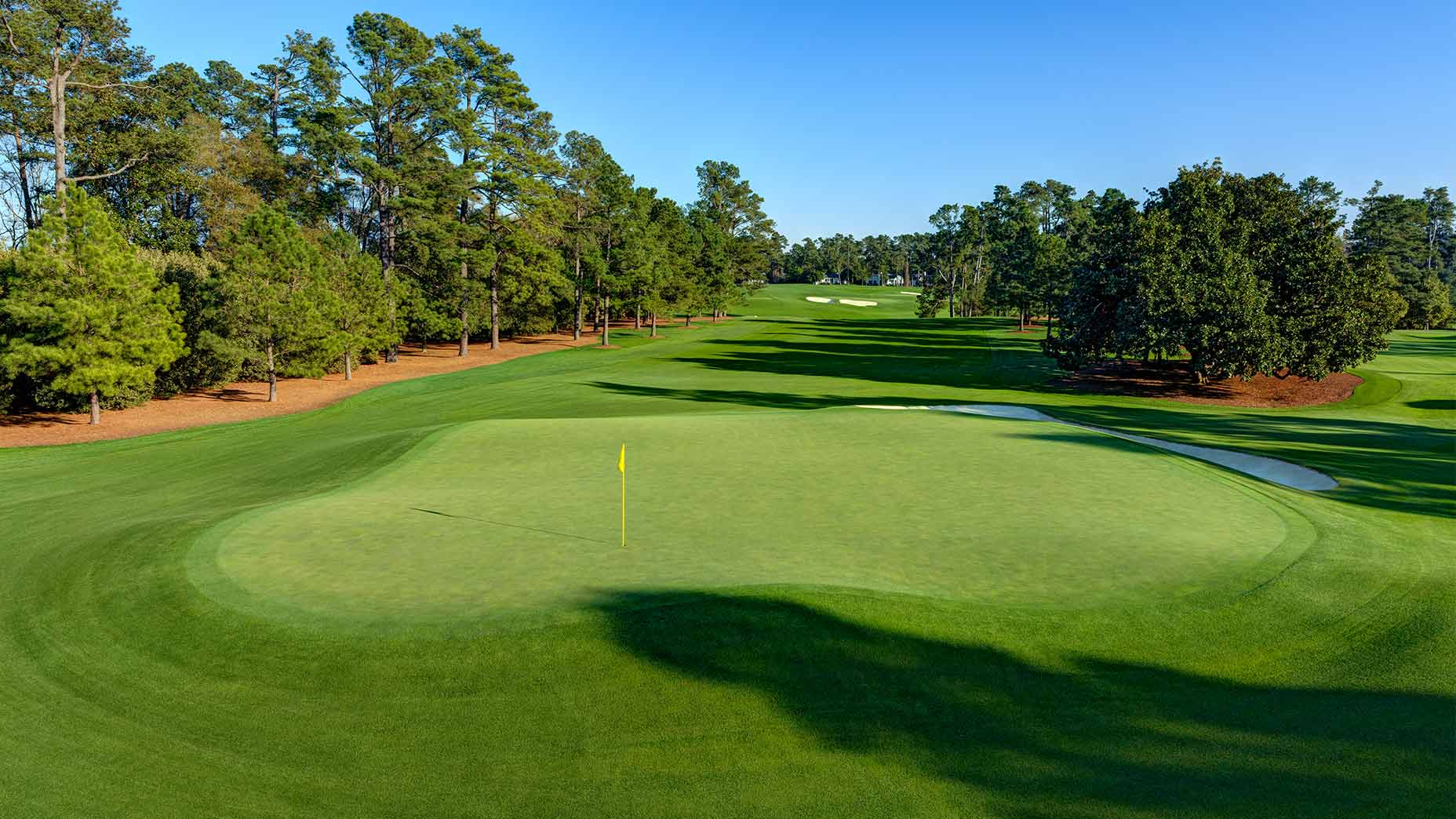
Hole No. 2: Par-5 / 575 yards (Pink Dogwood)
By Ben Crenshaw (1984, 1995 Masters champion)
What you see off the tee: “The primary visual is the big fairway bunker on the right. It’s a detriment to the modern player because they can reach it. In the old days, we were more worried about missing left, because without the second cut the ball would run all the way into tree trouble.”
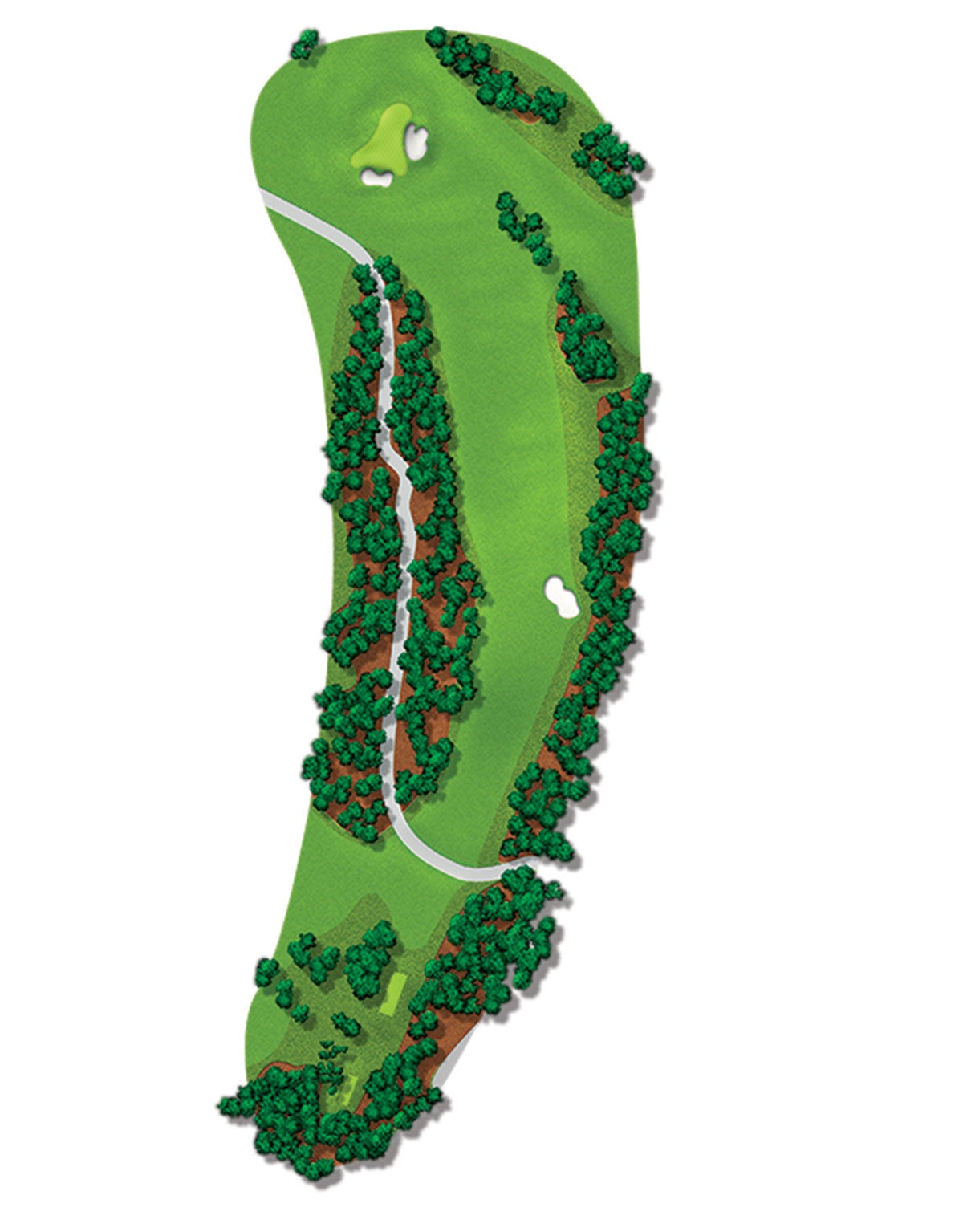
What you don’t know until you’ve played it: “There’s a lot of strategy involved, because how you play your second and third shots depends greatly on where the flagstick is. If the pin is on the left, you want to play way right, and if the pin is on the right, you want to play way left.”
Where you will gain the greatest advantage: “Because the green is canted so severely left-to-right, you have to leave yourself an uphill putt. Get out of position and you can make a quick 6.”
Where you will make the biggest mistake: “Not giving yourself leeway for your third shot or your pitch.”
Who played it best: “In the olden days it was Raymond Floyd and Seve Ballesteros, because they were so good with their short games and wedges. The green requires skill and strategy and philosophy. They not only had all the shots, they had a knack for always being in the right spots.”
Did you know… In the final round of the 2012 Masters, Louis Oosthuizen made a double eagle at No. 2. After his 253-yard approach shot landed on the green, it took 16 seconds to find the bottom of the cup.
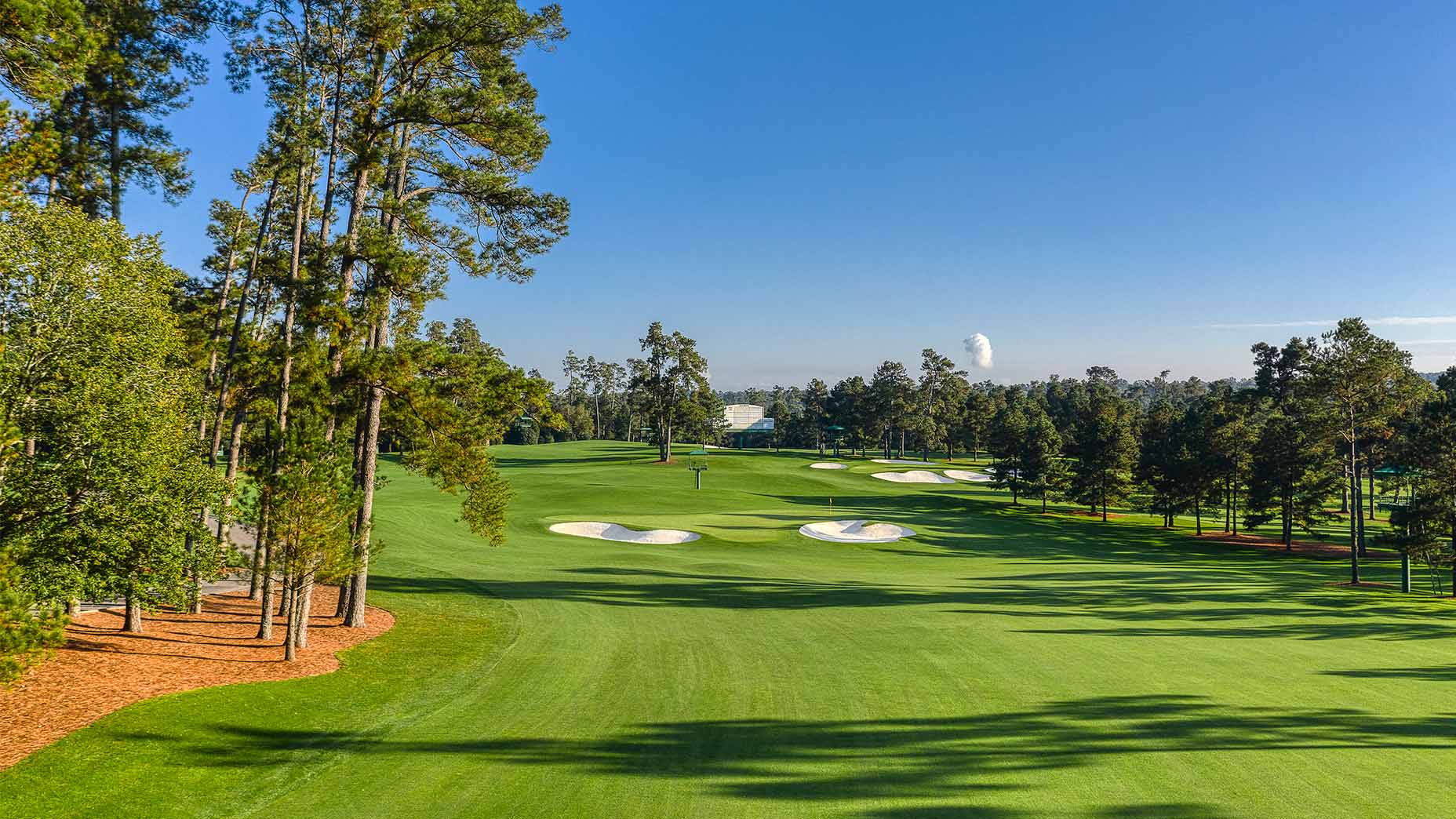
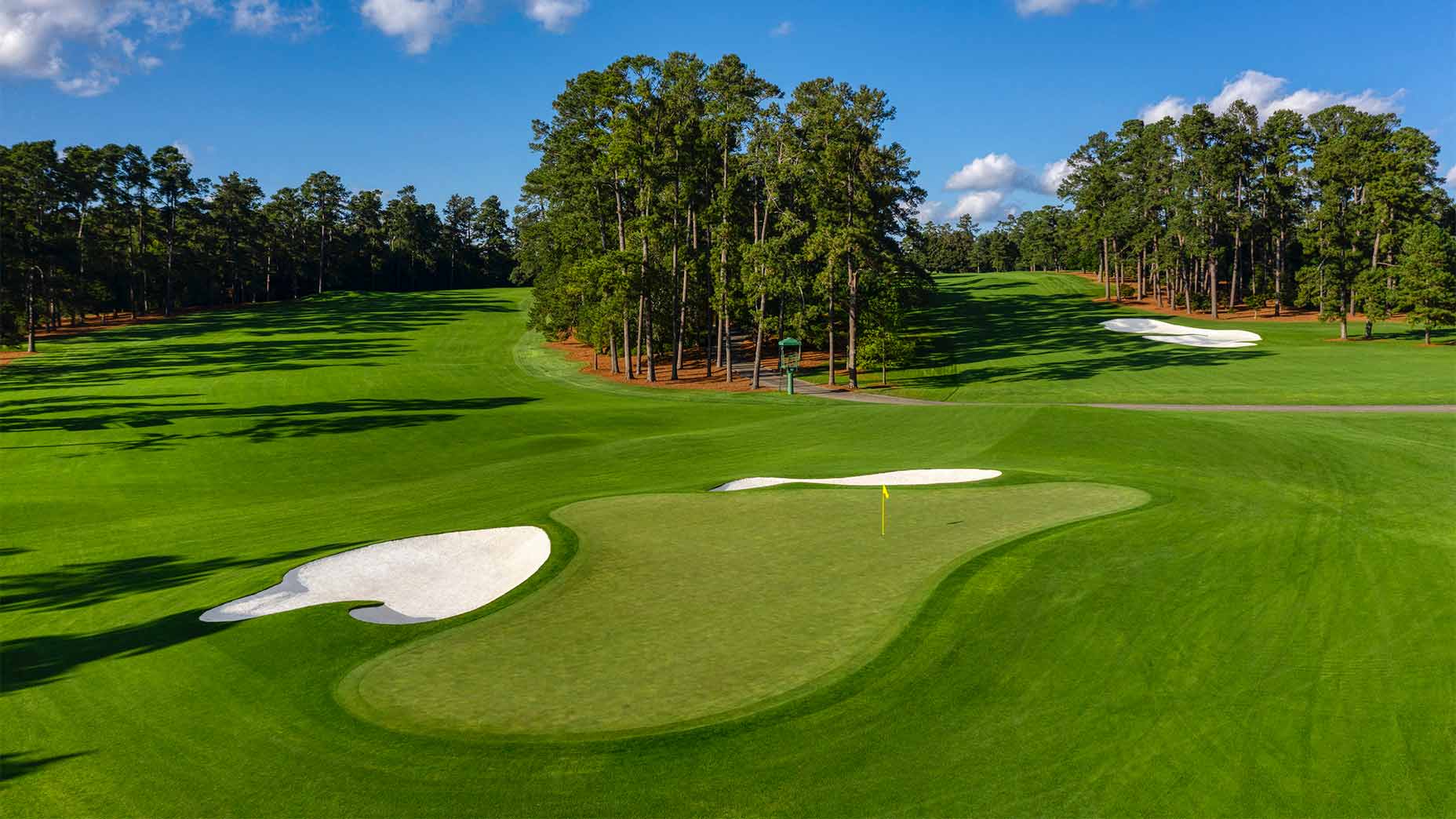
Hole No. 3: Par-4 / 350 yards (Flowering Peach)
By Bernhard Langer (1985, 1993 Masters champion)
What you see off the tee: “For me, mostly just a 220- to 230-yard shot. I can’t reach the green [with my driver], and I can’t drive it over the fairway bunkers.”

What you don’t know until you’ve played it: “The wind is always swirling. That’s the hardest thing, to guess the wind and judge the distance on a very delicate 8, 9 or wedge into a very tricky green.”
Where you will gain the greatest advantage: “Unless you can drive the green like Bryson, the advantage is to be gained on the second shot. If you can hit an accurate approach below the hole, you can have an easy putt.”
Where you will make the biggest mistake: “Coming up short on the second shot and having the ball roll back down the hill. But you also don’t want to go long. And playing too safe over to the right-hand side and leaving yourself a downhill putt — I’ve seen a lot of three-putts from there.”
Who played it best: “The ones who keep the ball below the hole, if at all possible. My Augusta advice to younger players is always: uphill putts and chips, not sidehill or downhill.”
Did you know… In 2020, No. 3, ANGC’s shortest par 4, yielded no eagles, 65 birdies, 183 pars, 48 bogeys, 5 doubles and a lost ball by BDC.

Hole No. 4: Par-3 / 240 yards (Flowering Crab Apple)
By Mark O’Meara (1998 Masters champion)
What you see off the tee: “An elevated tee shot, the green sitting below you — and a lot of sand! The bunkers are big, which really guard the green and make it stand out.”
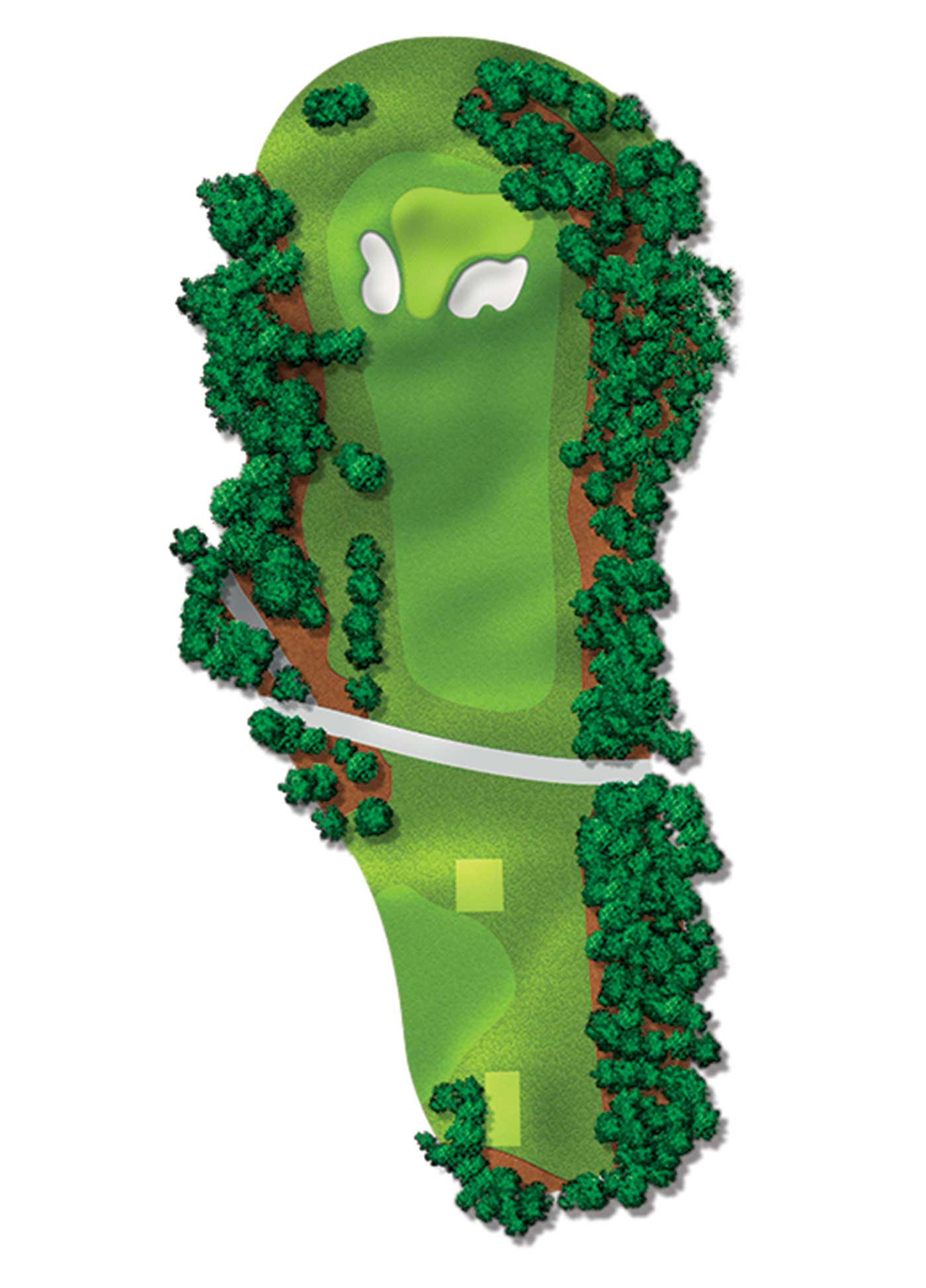
What you don’t know until you’ve played it: “Two things: It is home to the only palm tree on the course, and there is tremendous undulation on the green.”
Where you will make the biggest mistake: “The hole used to be very gettable before they lengthened it. The green tilts from back to front and right to left. You simply can’t miss right. Hit it long and right, by the bamboo trees, and it’s easy bogey.”
Who played it best: “The powerful guys. Guys who have some speed in their swing, who can come in with a shorter club and elevate the ball. Most of the time you have to come in there with a high fade.”
Why it’s unforgettable to me: “On Sunday, in 1998, I had birdied 2 and 3, heading into the 4th hole. The pin was back right, on top of the ledge. I hit a full 7-iron and pulled it — top level but all the way on the left side. It left me with a very long putt for birdie, say 60 feet. I was praying to two-putt for par. Somehow, some way I made the putt for birdie. It was a major turning point in my [win].”
Did you know… On No. 4 at the ’20 Masters, Jon Rahm made his fourth career ace but didn’t know it until he reached the green.

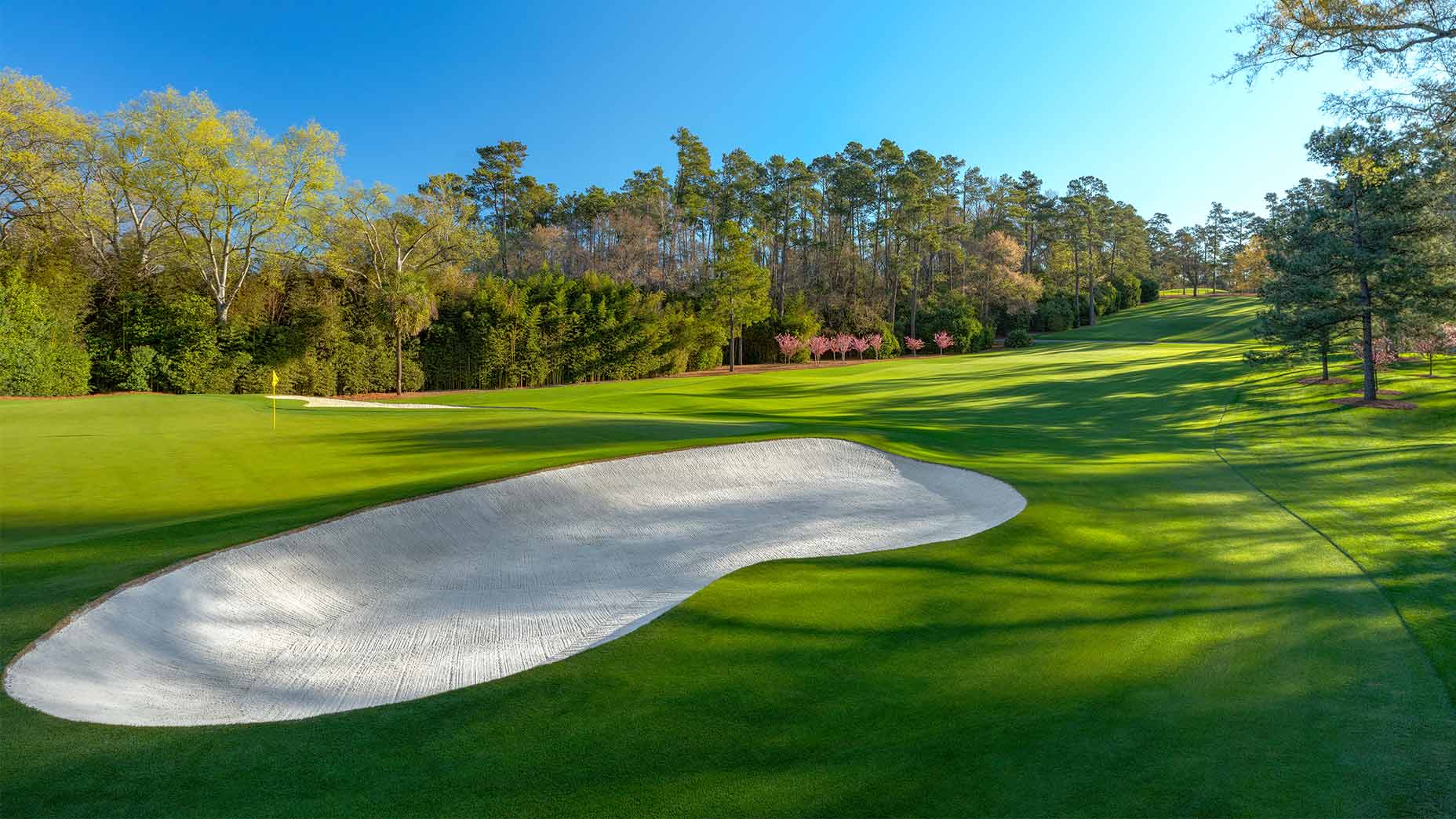
Hole No. 5: Par-4 / 495 yards (Magnolia)
By Gary Player (1961, 1974, 1978 Masters champion)
What you see off the tee: “A very wide fairway. To my eye, it almost looked football-field wide, though the fairway bunkers on the left are nowhere you want to be.”

What you don’t know until you’ve played it: “The difficulty of the green. There’s a little nose in front of it that rejects balls to the left and right. You absolutely have to get it to the top shelf.”
Where you will make the biggest mistake: “Fairway bunker off the tee is a big mistake, as it’s such a difficult shot, with such a steep face that you can’t see where you’re hitting. Also, if you leave your approach short right or left, you’ve got to be Houdini to escape with a par.”
Who played it best: “In 1995, Jack Nicklaus eagled it twice during the tournament. Jack’s game was beautifully suited to the hole because he could hit his irons so high. But still, to hole out twice in one week is simply incredible.”
Why it’s unforgettable to me: “I wasn’t like Jack. I couldn’t hit the ball way up in the air. So I’d take a 3- or 4-iron and try to hit a hard runner up there. That’s what I remember — how I had to take my own path to that green.”
Did you know… The 5th is modeled on St. Andrews’ Road Hole.
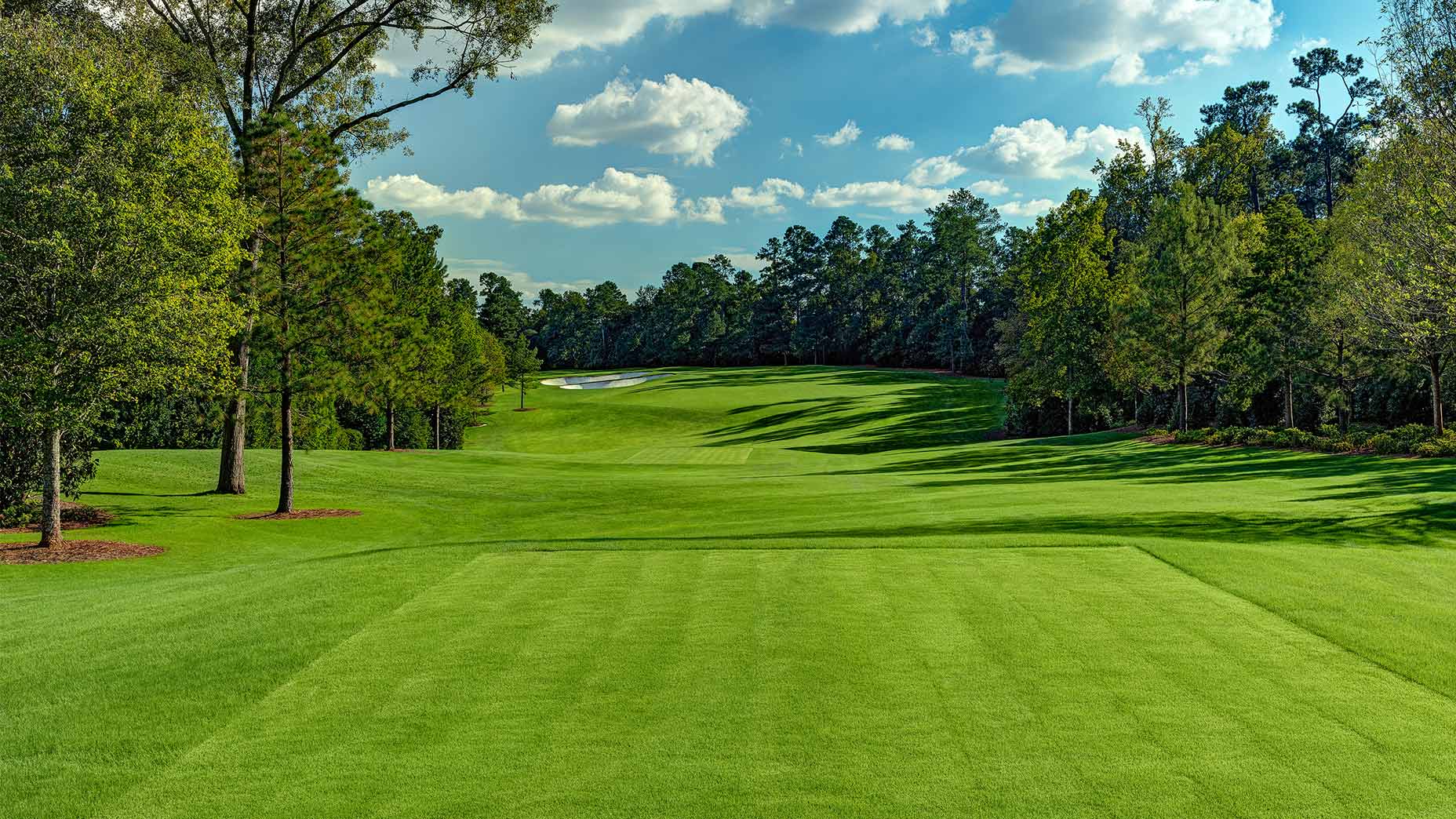
Hole No. 6: Par-3 / 180 yards (Juniper)
By Bob Goalby (1968 Masters champion)
What you see off the tee: “Visually, it’s not especially intimidating, but there’s a lot more to it than meets the eye. You’re looking at a downhill shot to a large green that’s roughly 100 feet below the tee.”
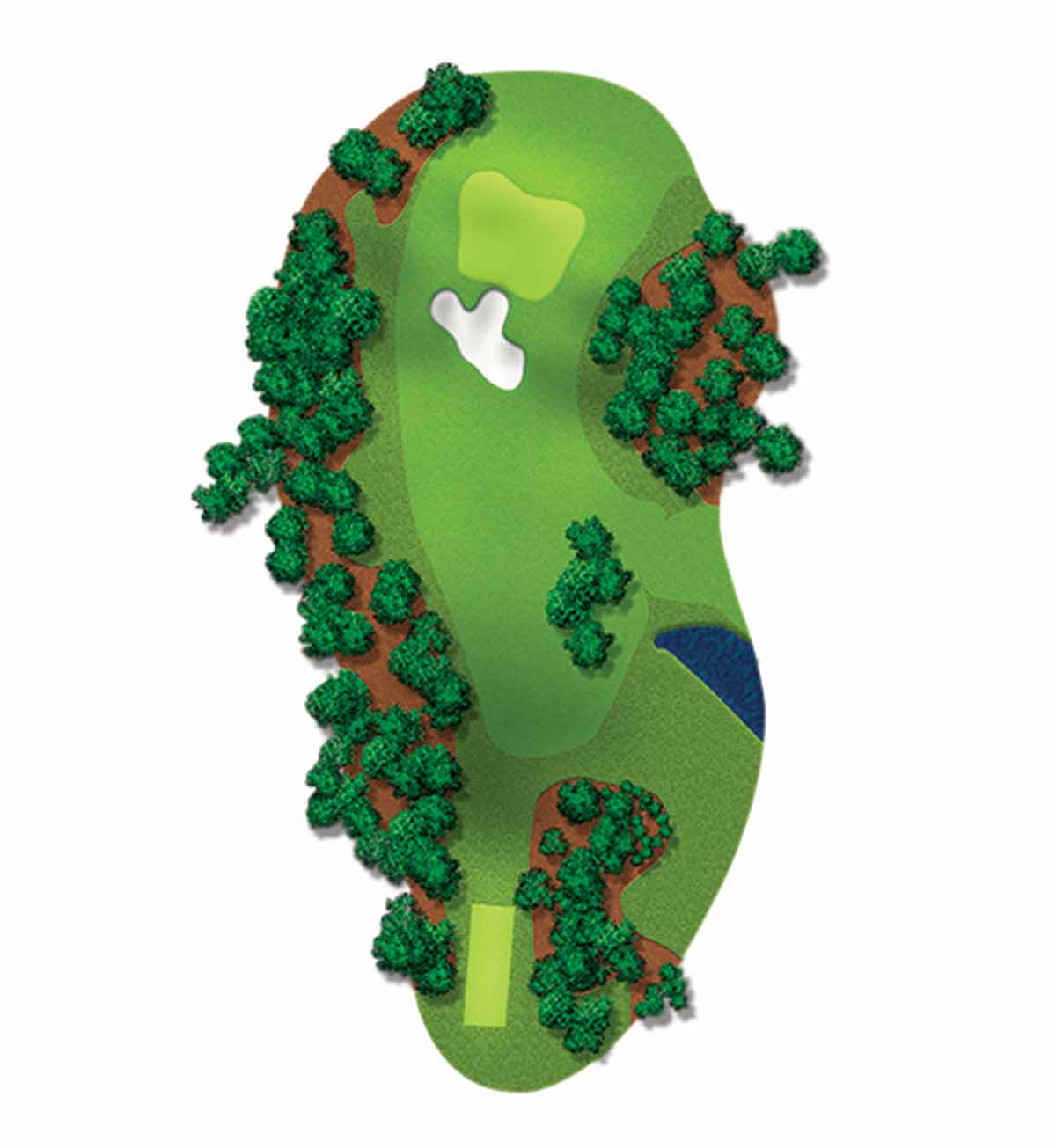
What you don’t know until you’ve played it: “Just how much slope and contour there is. This hole will reach up and grab you if you don’t play it smart.”
Where you will gain the greatest advantage: “It depends on where the pin is. If it’s on the top-right shelf and you can put it in tight there, that’s a big advantage. But if you go flag-hunting, you’re also taking a big risk.”
Where you will make the biggest mistake: “There are lots of trouble spots, but the worst is probably way long. From there, you can easily chip it back down all the way off the green. Before you know it, you’ve made a quick 5 or 6.”
Who played it best: “Ben Hogan. No matter where the pin was, that’s where he would aim.”
Why it’s unforgettable to me: “The year I won, the pin was on the front left, I had about a 20-footer with 10 to 12 feet of break and I curled it in for a 2. That was a huge boost.”
Did you know… The first player to ace No. 6 in final-round Masters competition was an amateur (and lumber salesman) named Billy Joe Patton, in 1954.
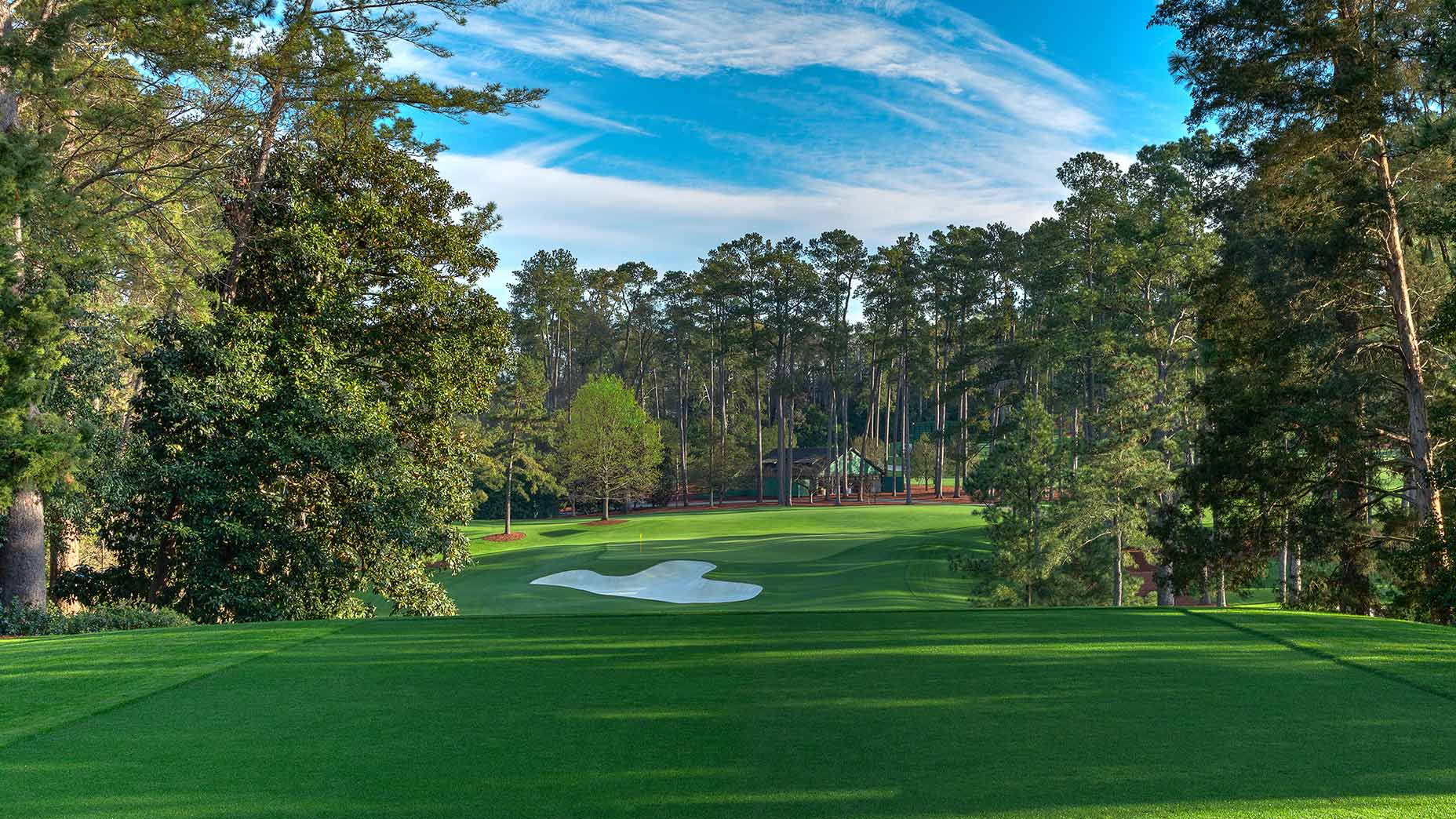

Hole No. 7: Par-4 / 450 yards (Pampas)
By Danny Willett (2016 Masters champion)
What you see off the tee: “It’s tree-lined on both sides, with really nowhere to miss. Left or right and you might be blocked out for your approach.”

What you don’t know until you’ve played it: “How much different the hole can play from day to day — and how difficult it can be. When I won in 2016, I made a bogey and three pars on 7. It’s not a hole you can overlook.”
Where you will gain the greatest advantage: “The tee shot is absolutely the most important spot to gain an edge. From the fairway, you’ll have a short iron or even a pitching wedge in and can really use the [green’s] slope. From the rough, having to work it around the trees and over the front bunkers, it’s a much different approach.”
Where you will make the biggest mistake: “Again, it comes down to the drive. There’s just so much to worry about if you’re out of position. Some holes at Augusta you can get away with that, but this certainly isn’t one.”
Who played it best: “It’s the obvious choice, but Tiger has had some incredible moments there. So much of it comes down to knowing the course, the greens and where to put the ball. He remembers everything and is so good at using the slopes and hitting the right spots.”
Did you know… In 1938, ANGC cofounders Clifford Roberts and Bobby Jones were persuaded to lengthen No. 7 — from 340 yards to 365 yards — by 1934 and ’36 Masters champ Horton Smith.
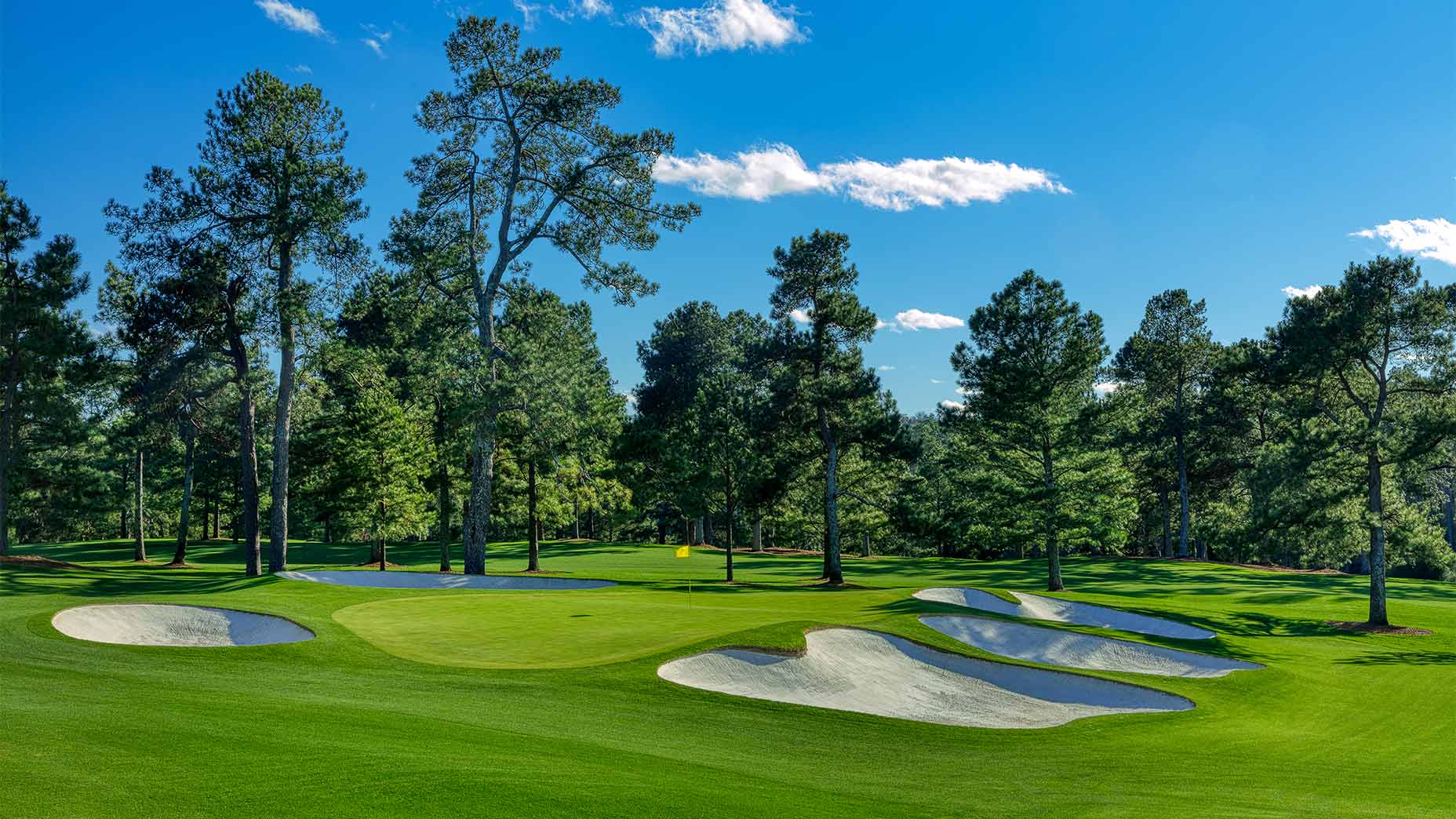
Hole No. 8: Par-5 / 570 yards (Yellow Jasmine)
By Zach Johnson (2007 Masters champion)
What you see off the tee: “The tee shot is somewhat narrow, at least the landing zone is. You have to avoid the right bunker off the tee.”
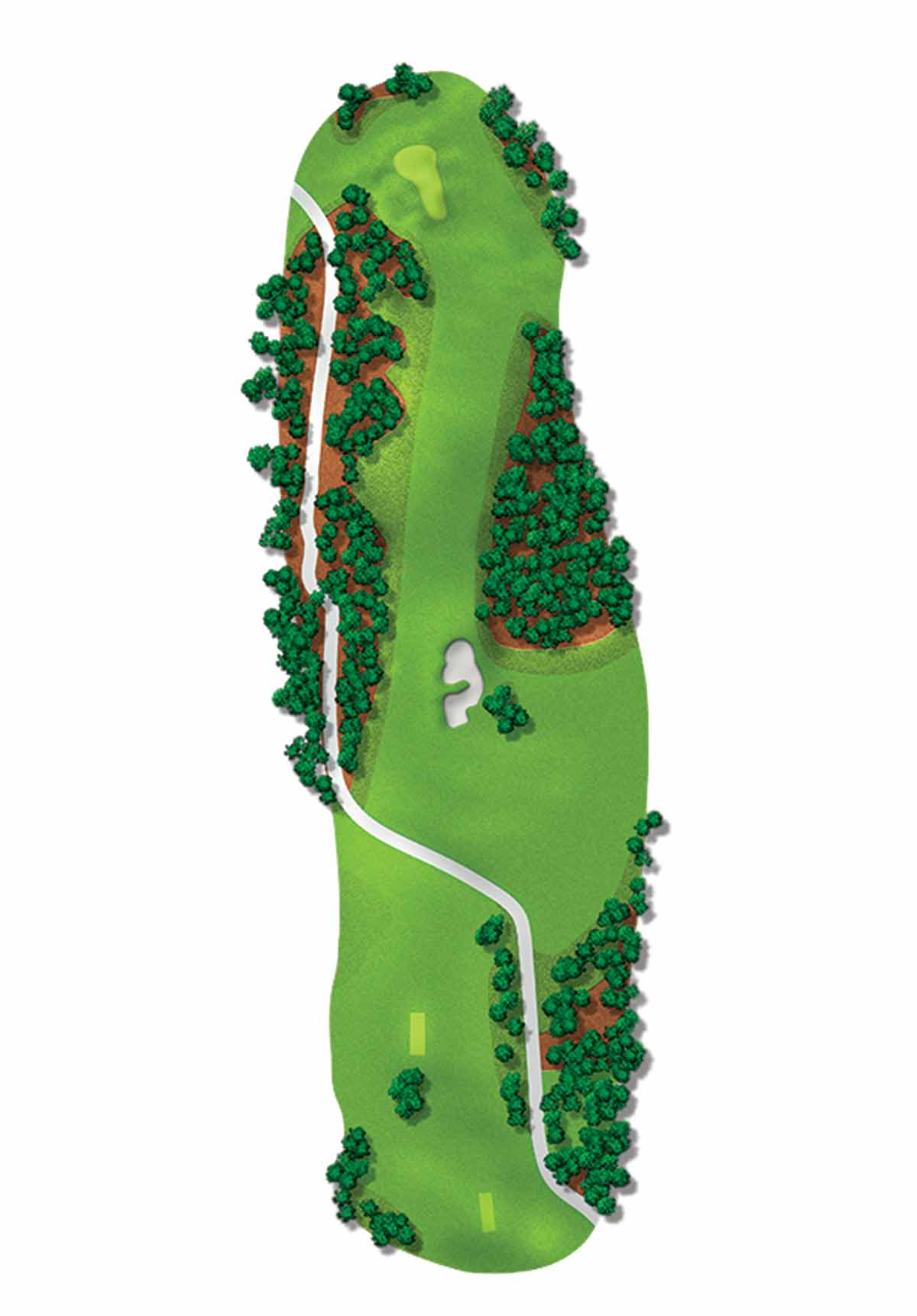
What you don’t know until you’ve played it: “The extreme slope of the fairway. The second shot plays nearly 10 to 15 yards uphill and is blind to the green.”
Where you will gain the greatest advantage: “My strategy is to keep the hole in front of me, meaning be aggressive when warranted but eliminate a 6 or higher. Stay below the hole, use the slopes to my advantage, lay up to ideal distances, trust my wedges.”
Who played it best: “Definitely Tiger and probably Bubba Watson, though I birdied it three out of four rounds in 2007.”
Why it’s unforgettable to me: “We had a north wind every day in 2007, so getting home in two wasn’t in the cards for me. Laying up on the proper side of the fairway was everything. Of course, it was the Masters, so crazy things happen. On Sunday I hit my lob wedge to a front pin with too much spin and it spun off the green. I then chipped in for a 4!”
Did you know… There has been only one double eagle posted on the 8th. Bruce Devlin did it in 1967, in round one. (He finished T-10.)
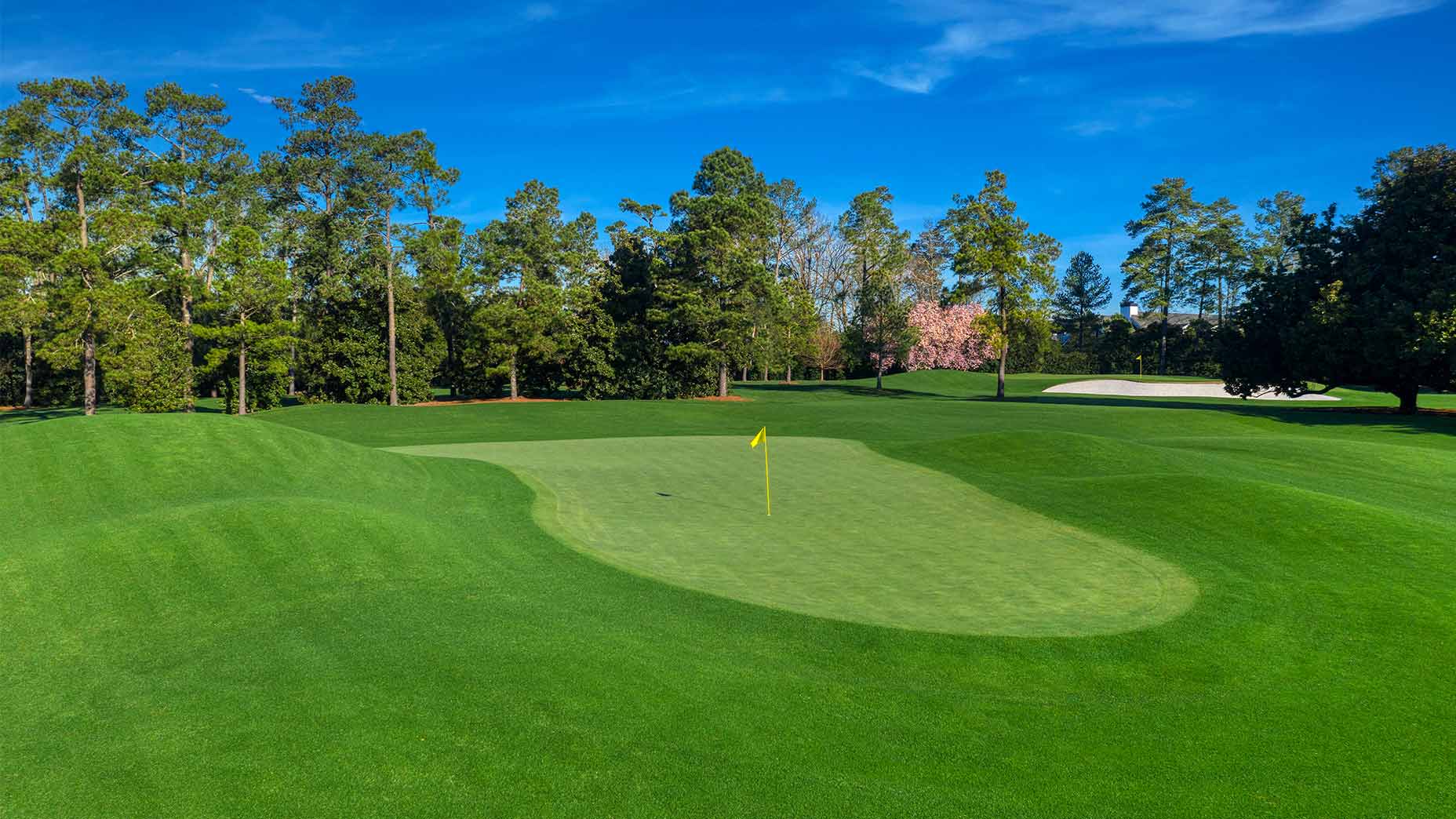
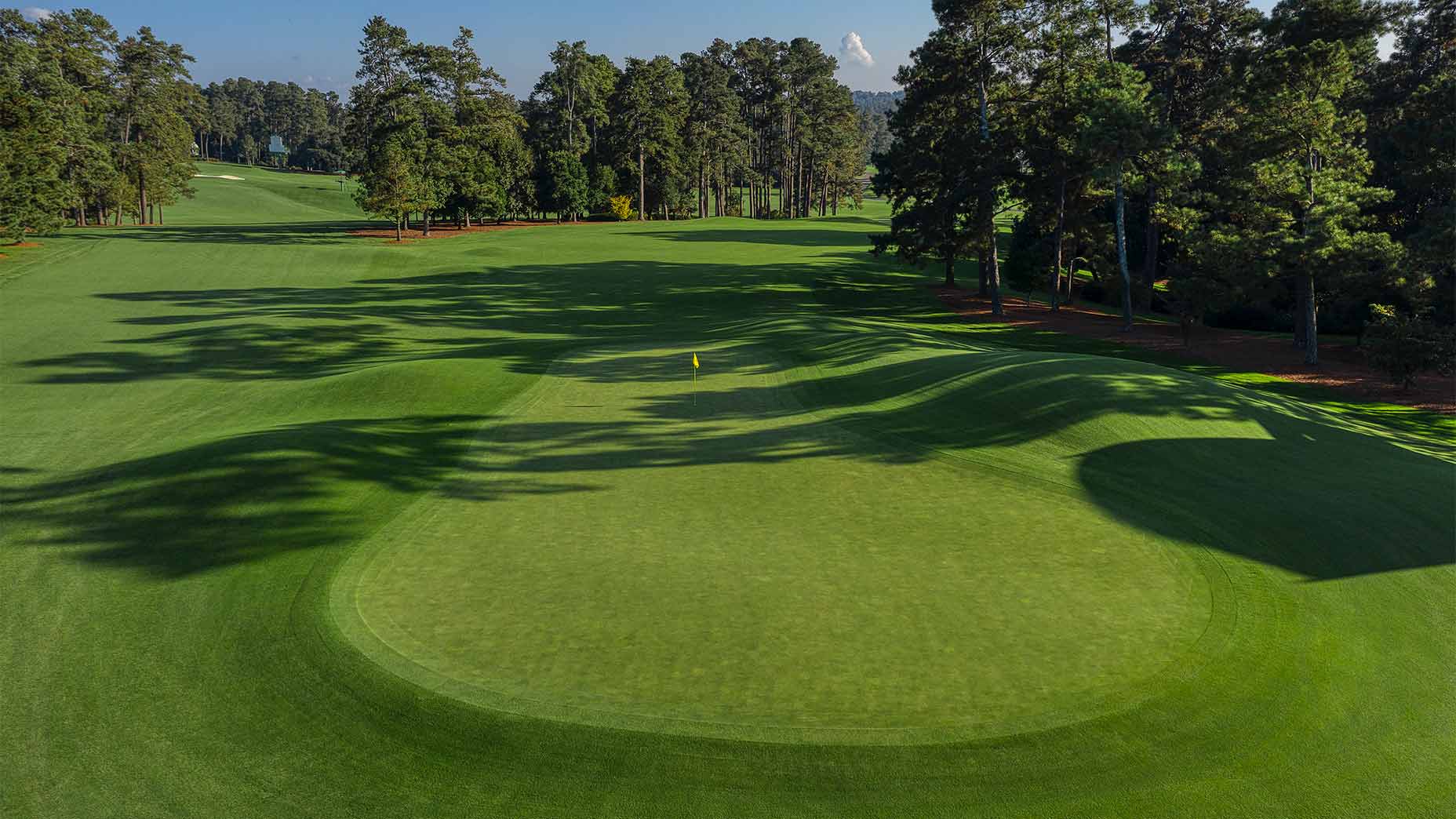
Hole No. 9: Par-4 / 460 yards (Carolina Cherry)
By Vijay Singh (2000 Masters champion)
What you see off the tee: “The course has changed from the first time I played it. Nine has gotten tighter and tighter, and longer too. The hole goes right to left, but the fairway slopes left to right.”
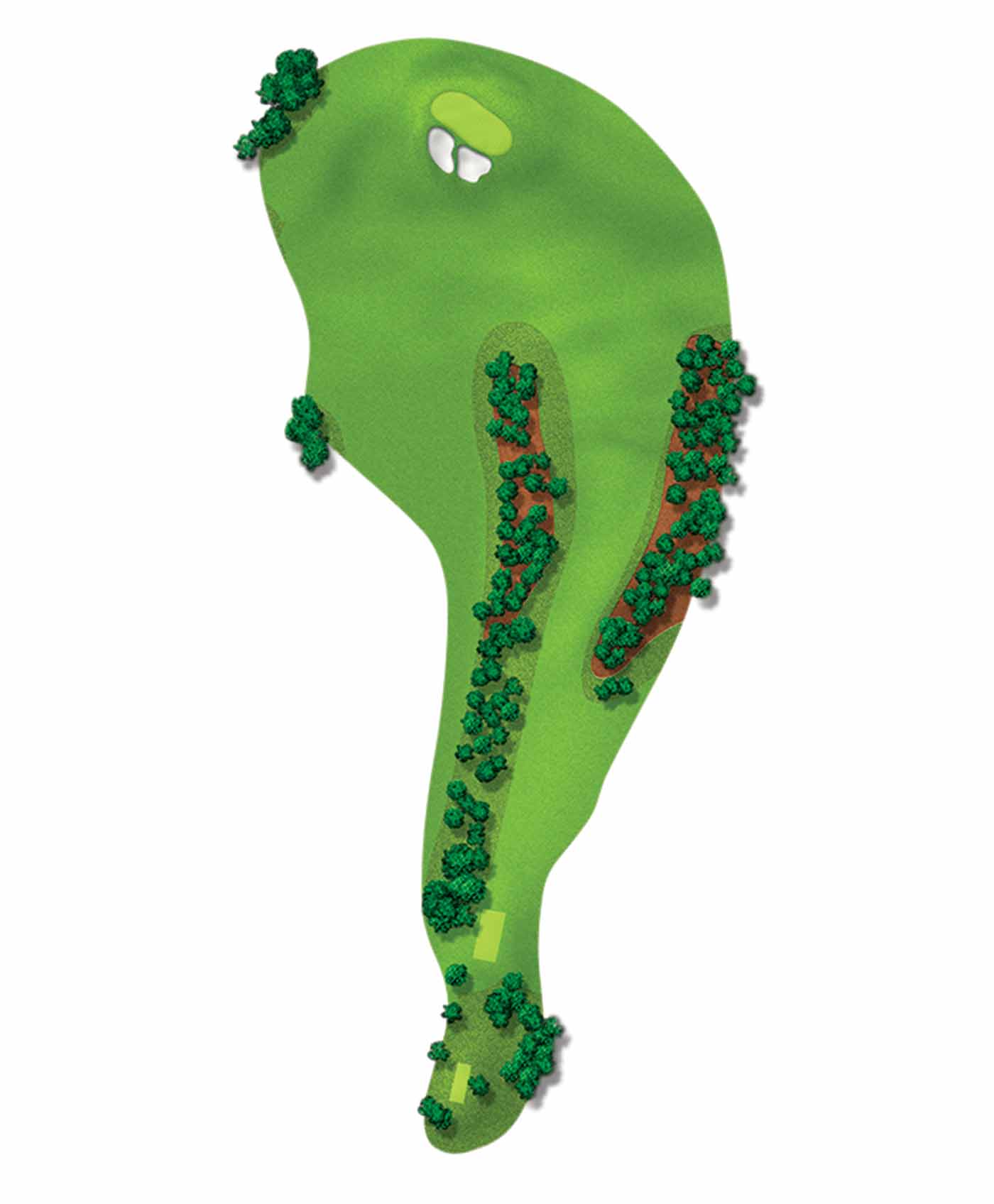
What you don’t know until you’ve played it: “How the lie in the fairway can be so difficult. The ball is always below your feet and you’re hitting up to the green. That lie gets your attention, because you have to almost draw the ball in on the approach, but it’s always a fade lie.”
Where you will gain the greatest advantage: “The longer you drive it, the easier the hole is. Generally, you want to take the drive as close to the trees on the right as possible. Depending on the conditions, bigger hitters can just blow it over the [left] trees and be hitting a nice wedge in from the flat.”
Where you will make the biggest mistake: “Being on the correct tier of the green is so important. The 9th green is one of the harder greens to read at Augusta, because of those tiers.”
Why it’s unforgettable to me: “Every hole at Augusta has something different to offer; every one has some kind of character. That’s what makes it a great golf course.”
Did you know… Still visible to the right of the green on No. 9 is “Roberts Plateau,” a landing area for short hitters.

Hole No. 10: Par-4 / 495 yards (Camellia)
By Mike Weir (2003 Masters champion)
What you see off the tee: “As a lefty, in general, I’m trying to hit a right-to-left fade at Augusta, and No. 10 is the most prevalent one, along with No. 13.”
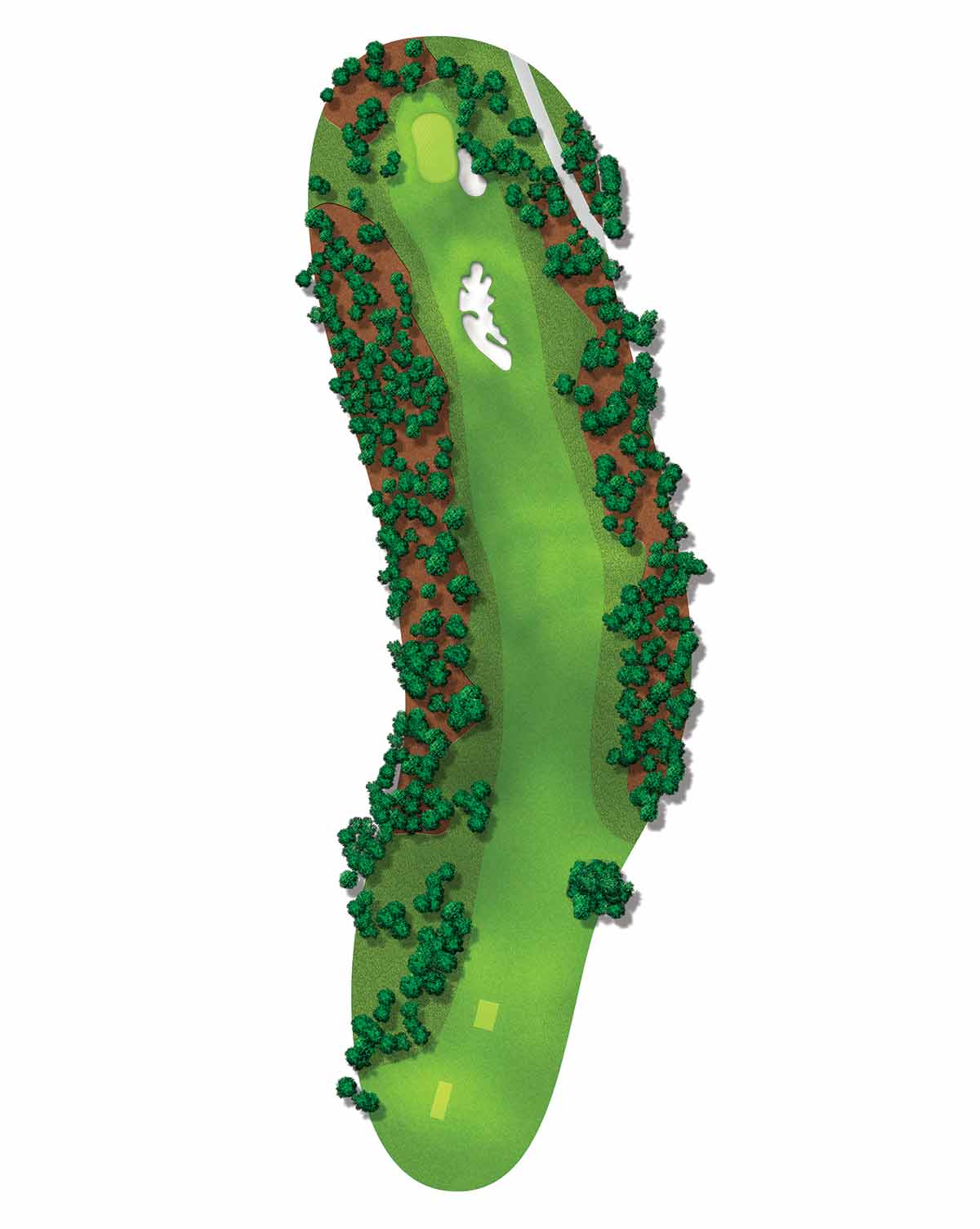
What you don’t know until you’ve played it: “How much the elevation changes from the tee box down to the green. How much slope the fairway has. How difficult a second shot is for a player to hit from a downslope to a green that’s slightly elevated. And how slope-y the green is too.”
Where you will gain the greatest advantage: “The advantage is being long enough to get down to the flat area and have a 7-iron in, instead of a 4-iron off the slope. I’m generally not long enough to get there unless the wind is blowing.”
Where you will make the biggest mistake: “Short-siding yourself in the right bunker when the pin is to the right.”
Who played it best: “I won’t name names because I don’t know the stats, but higher-ball hitters definitely have an advantage, because you can have more control with your second shot.”
Why it’s unforgettable to me: “When you reach that 10th tee, you’re anticipating Amen Corner. It’s the signal that you’re heading to the back nine at Augusta National. On Sunday especially, it really gets the adrenaline going.”
Did you know… When Bob Jones teed off at No. 10, March 22, 1934, he had an impressively large gallery of 1,000 people.

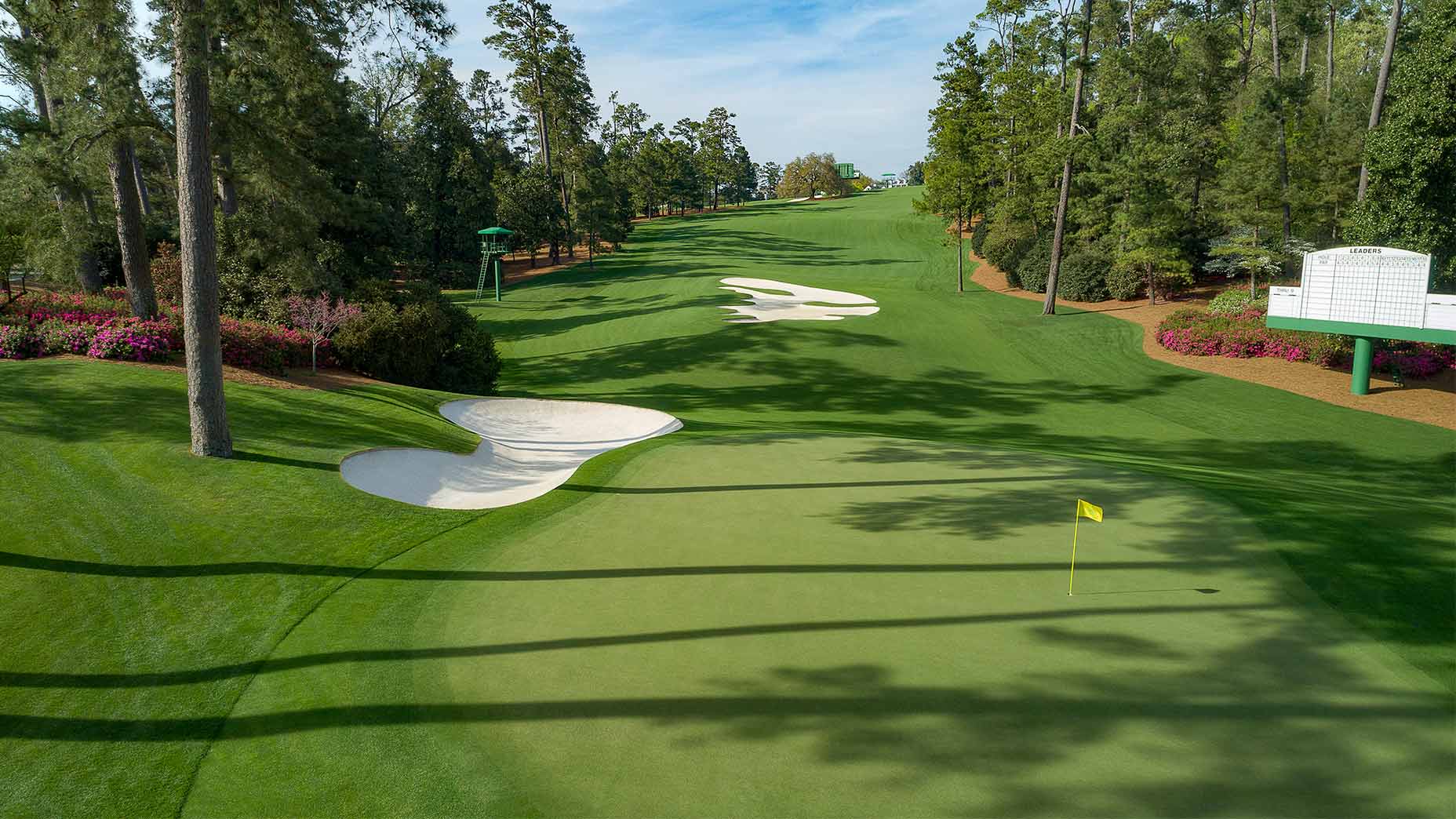
Hole No. 11: Par-4 / 505 yards (White Dogwood)
By Larry Mize (1987 Masters champion)
What you see off the tee: “A long, long, long hole! It’s not particularly tight, but it is much tighter than it used to be.”
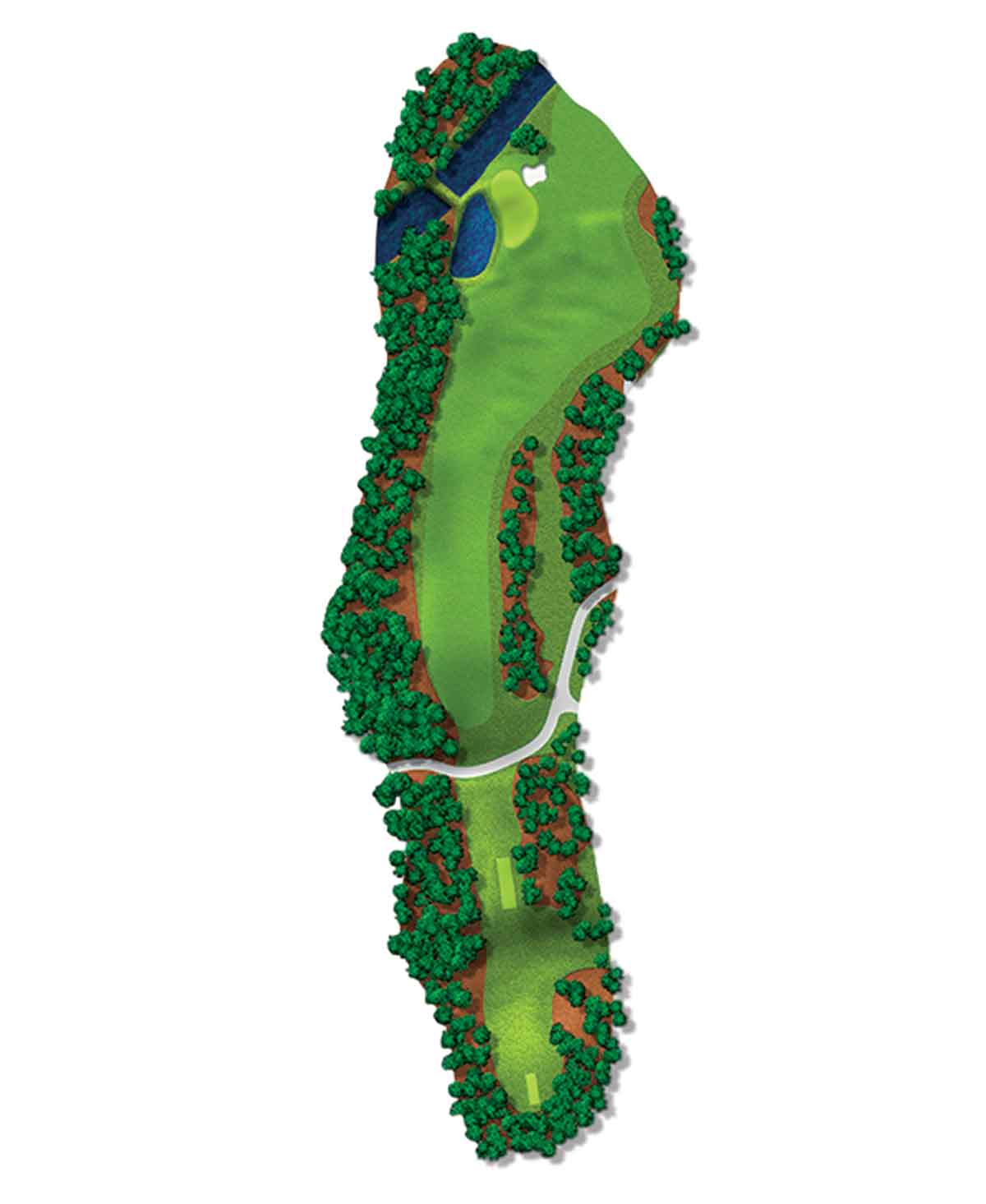
What you don’t know until you’ve played it: “How the mounds short and right of the green can affect your shot. They can be a positive or a negative, helping you bounce it on the green — or into the pond.”
Where you will gain the greatest advantage: “With the tee shot. There’s a point in the fairway, if you can reach it, where you can get a little more run and get a shorter club in your hand into that green. Makes a big difference.”
Where you will make the biggest mistake: “Either the drive or the approach, but I’d lean toward the drive. Miss right and you have to pitch out, and you still have to face that tough approach with water left.”
Who played it best: “Jack and Tiger. Think about the length that they each have, and both are tremendous iron players.”
Why it’s unforgettable to me: “Something happened years ago … [Laughs] Of course, my chip-in in 1987 makes it unforgettable for me. But I do think it’s a great golf hole — hard but not impossible. Anyone can play it.”
Did you know… Nick Faldo won two of his three green jackets in sudden-death playoffs on 11, besting Scott Hoch in ’89 and Ray Floyd in ’90.
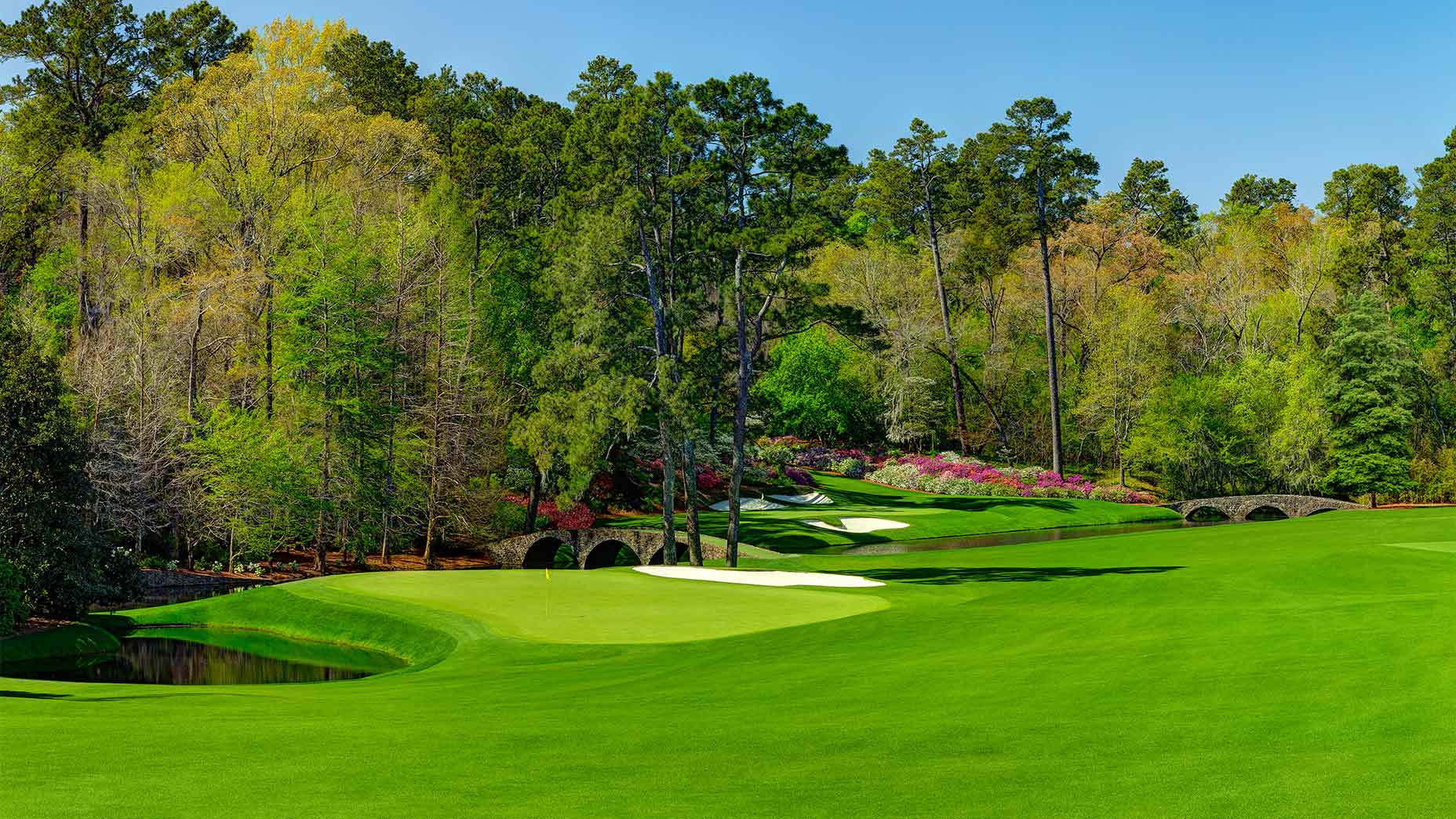
Hole No. 12: Par-3 / 155 yards (Golden Bell)
By Fred Couples (1992 Masters champion)
What you see off the tee: “Well, this past year I saw a triple-bogey 6 after I hit it up in the shrubs. But off the tee I try to picture the shot in my mind, and most of the time I see a little cut 7- or 8-iron.”
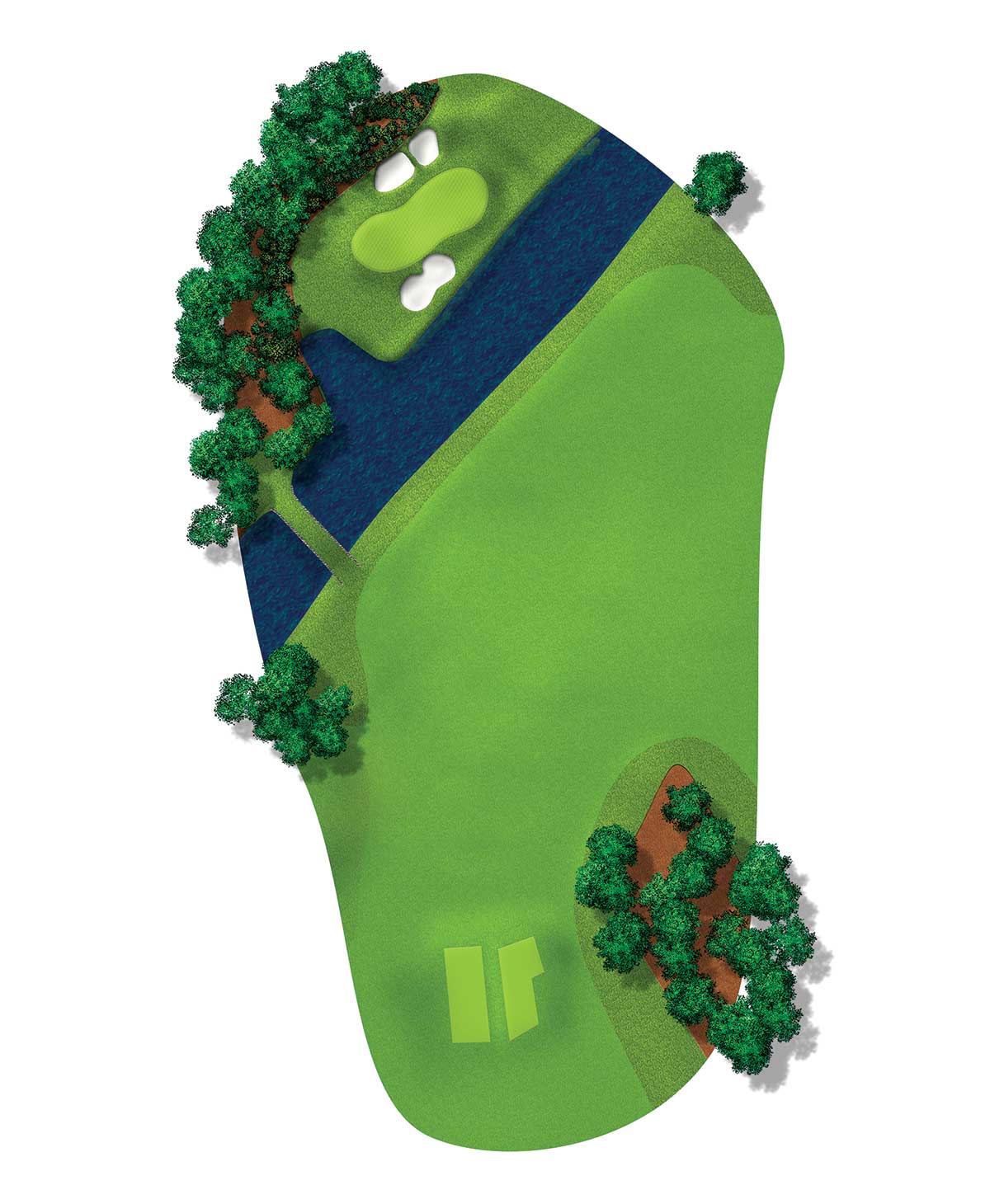
What you don’t know until you’ve played it: “First of all, just how small the green is. Then, what the wind is going to do. If you’re lucky enough to play Augusta once and the wind’s blowing, you’ll have no clue. But, really, that’s true even for Tour players, no matter how many times you’ve played it. Sometimes you look at the way the ripples are going [in Rae’s Creek], or you look at some trees way over there.”
Where you will gain the greatest advantage: “Just get it on the green.”
Who played it best: “Normally, I’m pretty good at the hole.”
Why it’s unforgettable to me (from Couples’ 1992 winner’s press conference, after a near disaster at 12): “I don’t know why [the ball] stopped [from rolling into the creek]. I have no idea whatsoever. I was nervous, probably as nervous as I have ever been in my life. … As I watched it, I knew it was going to be close. If that ball goes in the water like everyone else’s, I’m not sure what would have happened.”
Did you know… Though only 155 yards in length, No. 12 is ranked ANGC’s fourth most difficult hole since 1942.

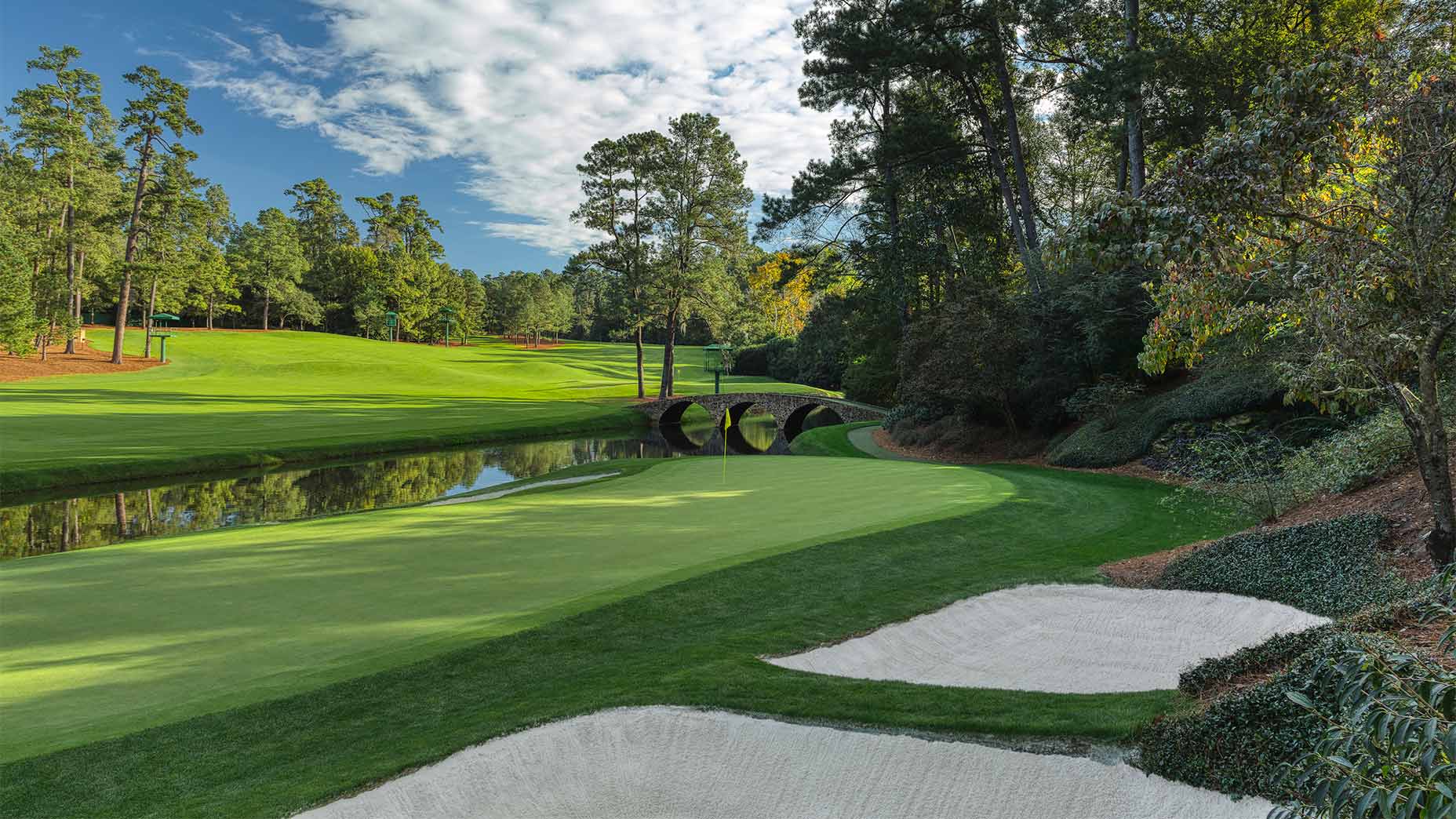
Hole No. 13: Par-5 / 510 yards (Azalea)
By Bubba Watson (2012, 2014 Masters champion)
What you see off the tee: “Thirteen is one of those holes that I’d say 85 percent of the field can get home in two, so eagle is immediately on your mind. When I stand on the tee, I see the shape of the fairway, which creates the shape of the shot. For me, being left-handed, that’s a cut. That’s what I envision: how I’m going to get the ball around the corner so I can reach the green in two.”

What you don’t know until you’ve played it: “It’s true for all of Augusta National — the slope in the fairway. [On my approach] I have to aim at the creek on the right side of the green, which makes the shot even tougher because of the what-if factor: What if it doesn’t cut?”
Where you will make the biggest mistake: “Missing left. You’ve got water and a hazard. It’s a double-edged sword because if you don’t cut it, it goes up into the trees on the right. And if you overcut it, it’s a penalty.”
Why it’s unforgettable to me: “In 2014, I hit my tee shot over the trees. It left me with a sand wedge into the green. I’ll always remember going driver, sand wedge and making birdie. When you combine the beauty and history, I’d say it’s my favorite hole on the course. We’ve seen it all on 13. On Sunday at Augusta National, this is where you start hearing the roars.”
Did you know… Clifford Roberts once drove his cart into a fairway creek on 13. It was quickly filled in.
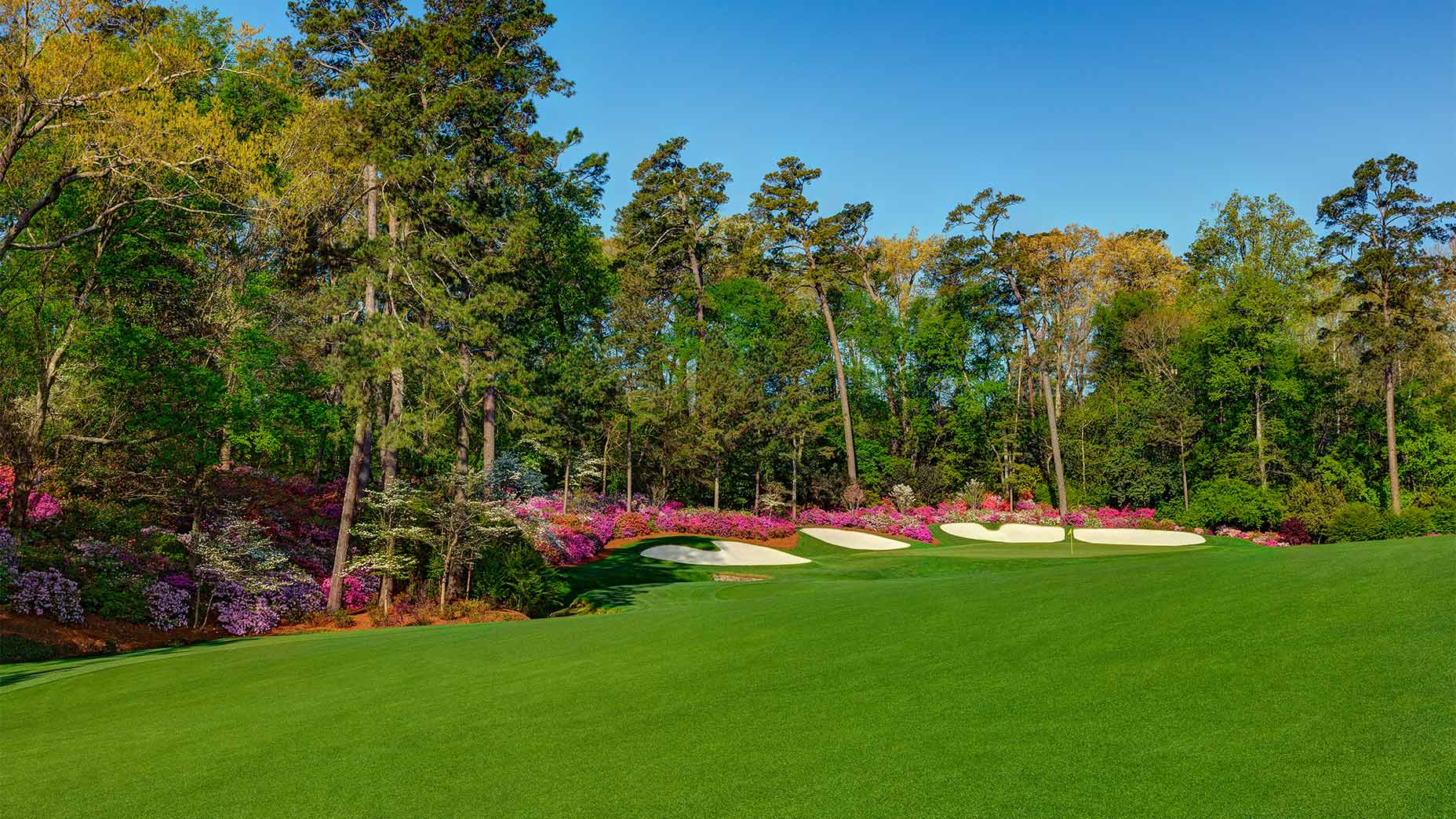
Hole No. 14: Par-4 / 440 yards (Chinese Fir)
By Adam Scott (2013 Masters champion)
What you see off the tee: “It’s a pretty generous tee shot — a dogleg left, but you don’t really have to draw it because the fairways have played slow for many years. But if you try and hug the left side, those trees lean out and will really swallow up a ball.”

Where you will gain the greatest advantage: “The right half of the fairway. It’s a nice spot to hit the green from. However, if you do hug the left side and bomb one, it will release a bit and you’ll get a few extra yards out of your drive.”
Where you will make the biggest mistake: “Getting the front slope of the green involved on any shot. You have to hit your second over it with, say, a 9-iron. But you’d rather hit it over the green than hit it short and deal with that six-foot rise. It’s like a three-tiered green running from left to right. The danger pin is left because then you’ll have a really gnarly chip. But every other pin is a bit of a feeder.”
Why it’s unforgettable to me: “The year I finished second, in 2011, I hit a lovely shot in there and made the putt for birdie, and it tied me for the lead at the time. It was like, ‘Hang on, here’s the first time ever — four holes to go and I’m tied for the lead in major.’ That’s a strong memory for me.”
Did you know… A fairway bunker was removed from No. 14 in 1952, making it the only hole at Augusta National without a bunker.

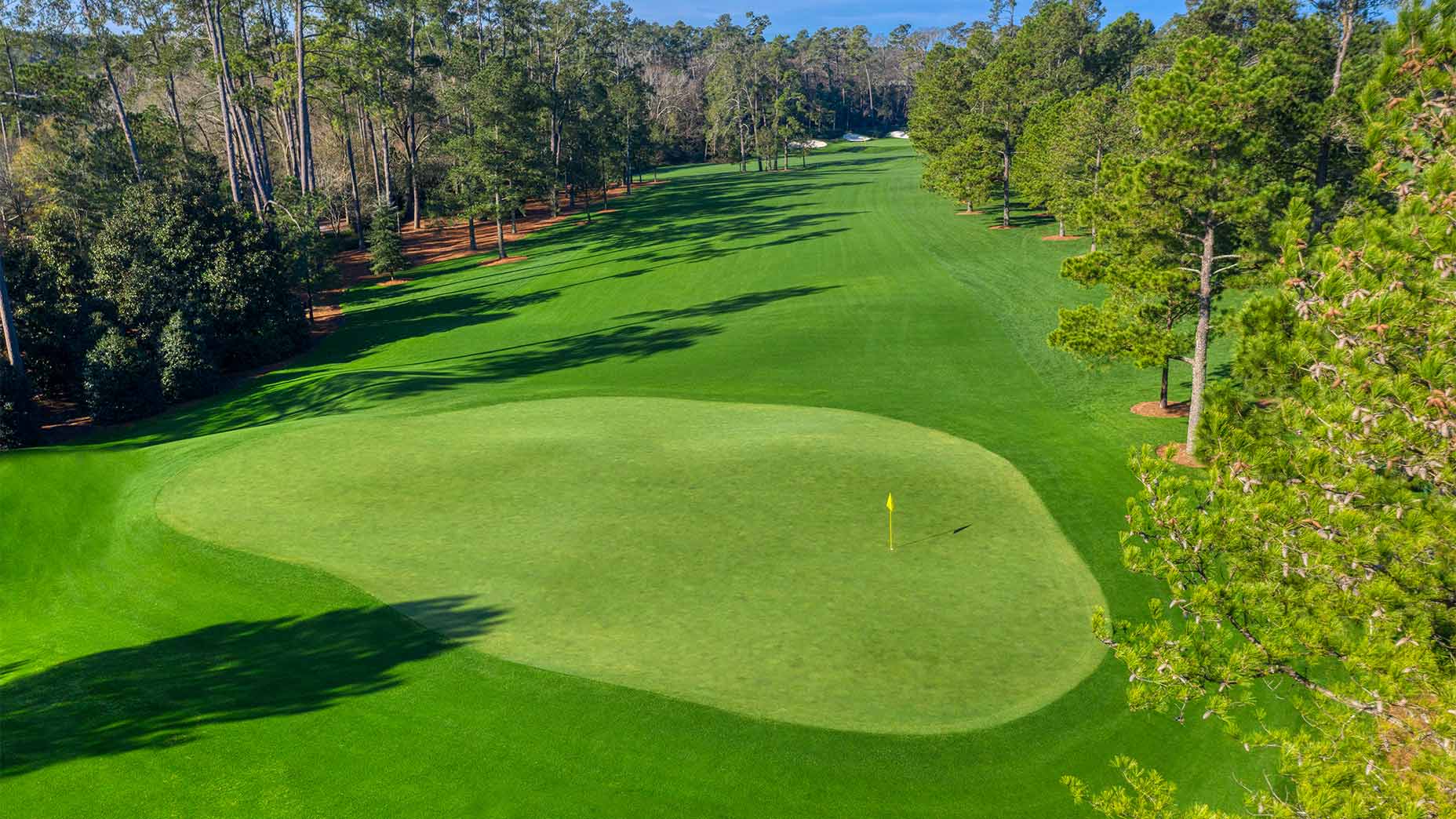
Hole No. 15: Par-5 / 530 yards (Firethorn)
By Dustin Johnson (2020 Masters champion)
What you see off the tee: “There’s a group of pines that face you down the left side. The fairway is really wide but the gap between the trees isn’t. I’m always trying to fade it off that far right pine on the left side.”
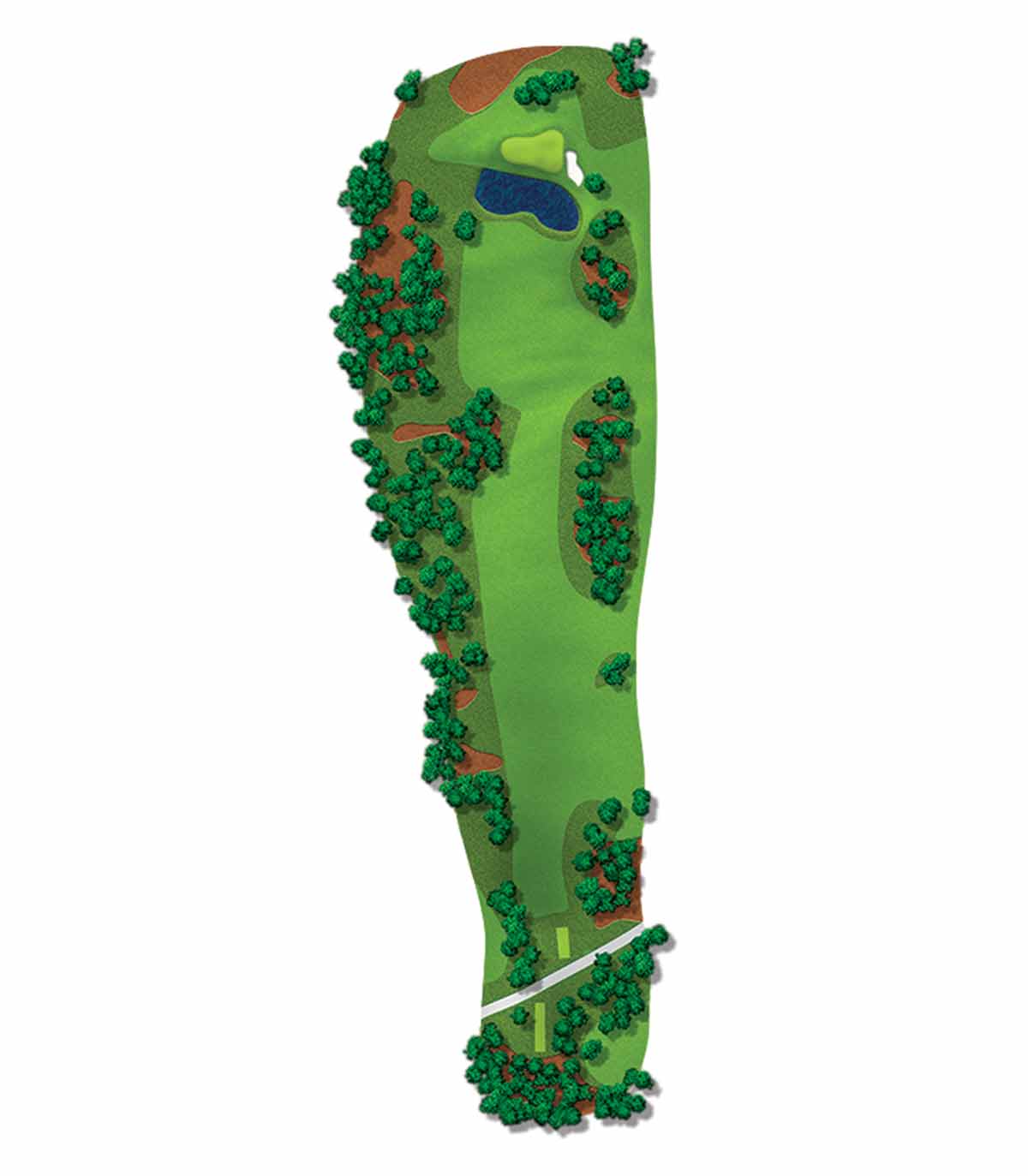
What you don’t know until you’ve played it: “The elevation is the hardest thing to understand. The tee shot is pretty flat, but the second shot is downhill a good ways. The green is not that deep, even on the right side, because the first eight paces — if your ball lands there, it comes back into the water.”
Where you will make the biggest mistake: “If you miss it right, you’ve really got no chance [at going for the green]. Depending on the direction of the wind, from the far-left side I still have a chance, but if I miss it right, zero chance.”
Why it’s unforgettable to me: “Last year, coming down the stretch on Sunday, I pulled my drive, so I had to lay up. Wind off the right to a back-middle pin. That was a new pin on Sunday. I hit a really nice, three-quarter controlled 54-degree wedge in there to seven feet and made the putt. I didn’t know exactly where I stood, but that obviously gave me a bigger lead.”
Did you know… In ’57, Ben Hogan suggested the greenside bunker be added to 15.

Hole No. 16: Par-3 / 170 yards (Redbud)
By Jack Nicklaus (1963, 1965, 1966, 1972, 1975, 1986 Masters champion)
What you see off the tee: “A very pretty hole and a lot of people. In a tournament, I don’t think I’ve ever hit the ball in the water there, and so it’s never really been a factor to me. Basically, I see the middle of a green and a ridge, which is going to direct the ball to one side of the green or the other.”
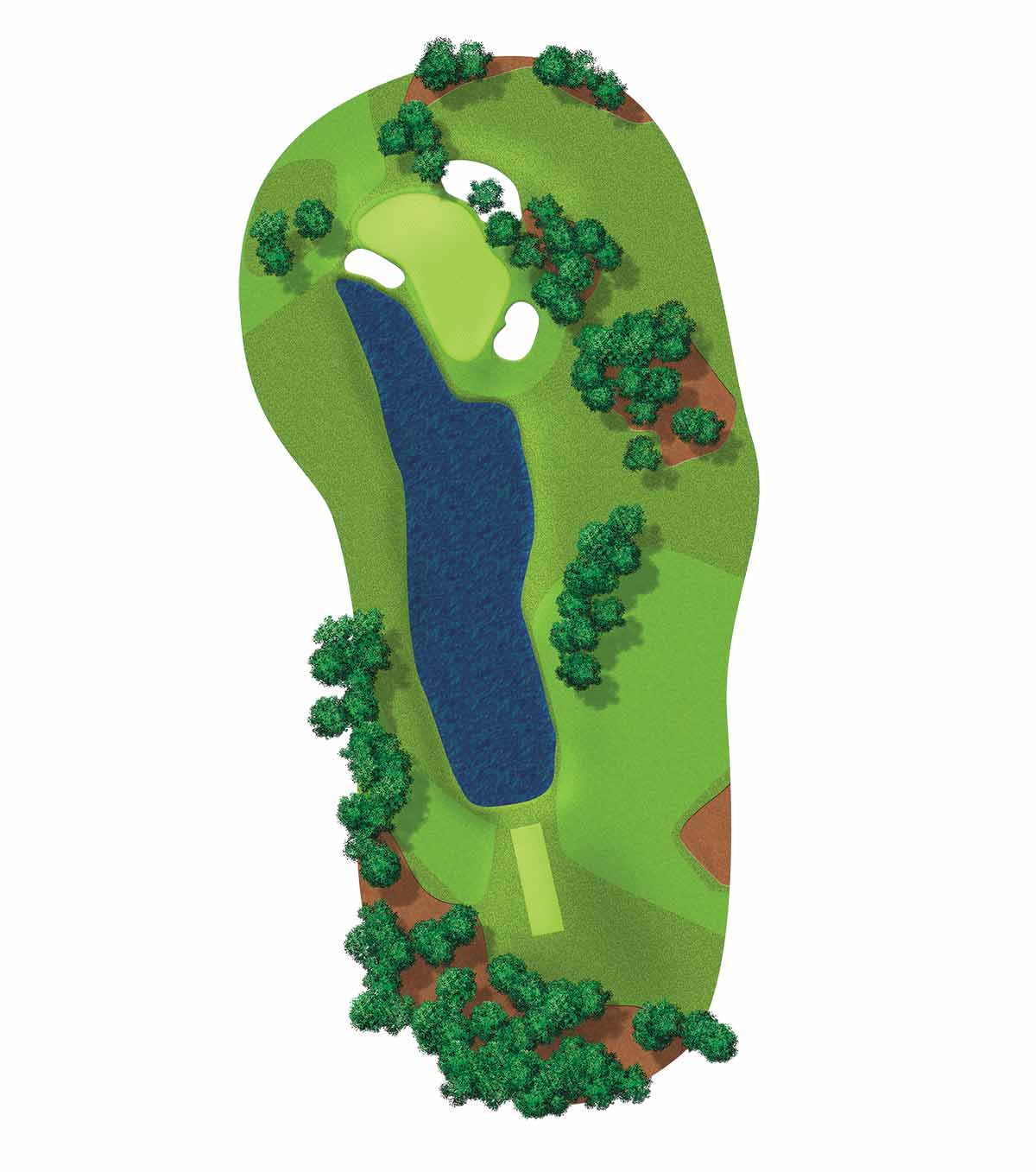
What you don’t know until you’ve played it: “How much the slope of the green can help you. It doesn’t look that much from the tee, but once you get on the green — throw a ball on it and watch it roll back — it rolls to a pretty consistent spot. So when the pin is on the left side, it’s more about making sure you have the right distance than it is about accuracy.”
Where you will gain the greatest advantage: “When the pin is back-left.”
Where you will make the biggest mistake: “Probably when the pin is back-right.”
Who played it best: “I played it pretty well.”
Why it’s unforgettable to me: “It was the centerpiece of several of my wins. In ’63, I holed about a 12-footer, which put me ahead. In ’75, I hit a 38-foot putt up the hill. And, of course, in ’86 I almost made a one. If you took all of my 16s, I’m probably more under par here than on any of [Augusta’s] other par 3s.”
Did you know… The original teeing area for 16 was to the right of the 15th green. It was moved to its current location in ’46.
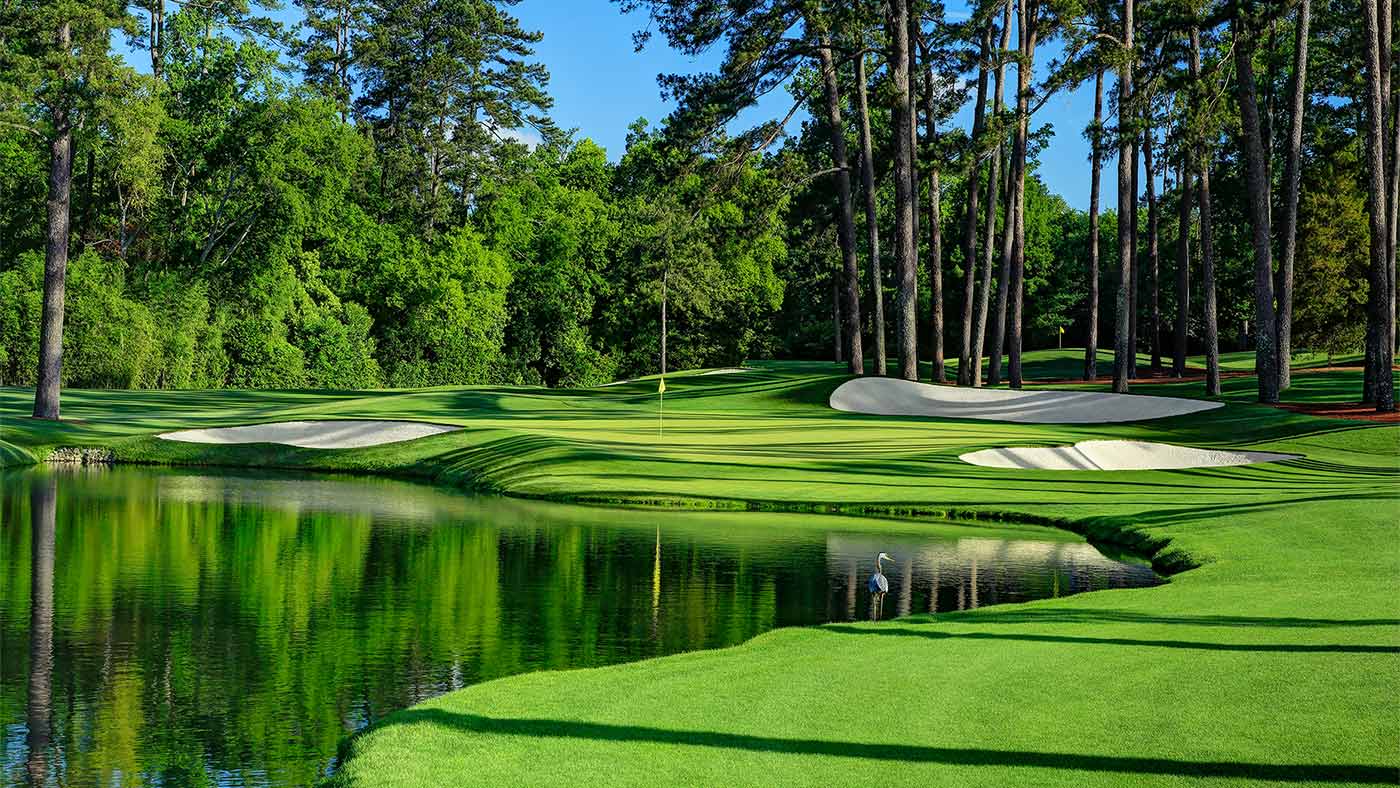

Hole No. 17: Par-4 / 440 yards (Nandina)
By Nick Faldo (1989, 1990, 1996 Masters champion)
What you see off the tee: “In my day, it was possible to get to the top of the hill and leave a short iron into green. Now it plays much longer, with added trees down the right. It makes for quite a demanding tee shot.”

What you don’t know until you’ve played it: “If you’re stuck back on the upslope with a mid-iron in your hand, with very little depth perception, it makes it very difficult to judge.”
Where you will gain the greatest advantage: “If you are extremely long and can get to the top of the hill.”
Where you will make the biggest mistake: “The biggest mistake would be long right, over the green. It’s at least eight feet below the green surface, trying to land the ball on a downslope!”
Why it’s unforgettable to me: “My best memory is from ’89, when I holed a long putt up and over the ridge from the left side. It was raining; I gave it a slap and it went in with great speed! Scott Hoch kindly reminded me, ‘If you’d missed that, you would have finished fourth.'”
Did you know… Only four players have back-to-back birdies on 17 and 18 to win the Masters. Last to do it: Charl Schwartzel, in 2011.
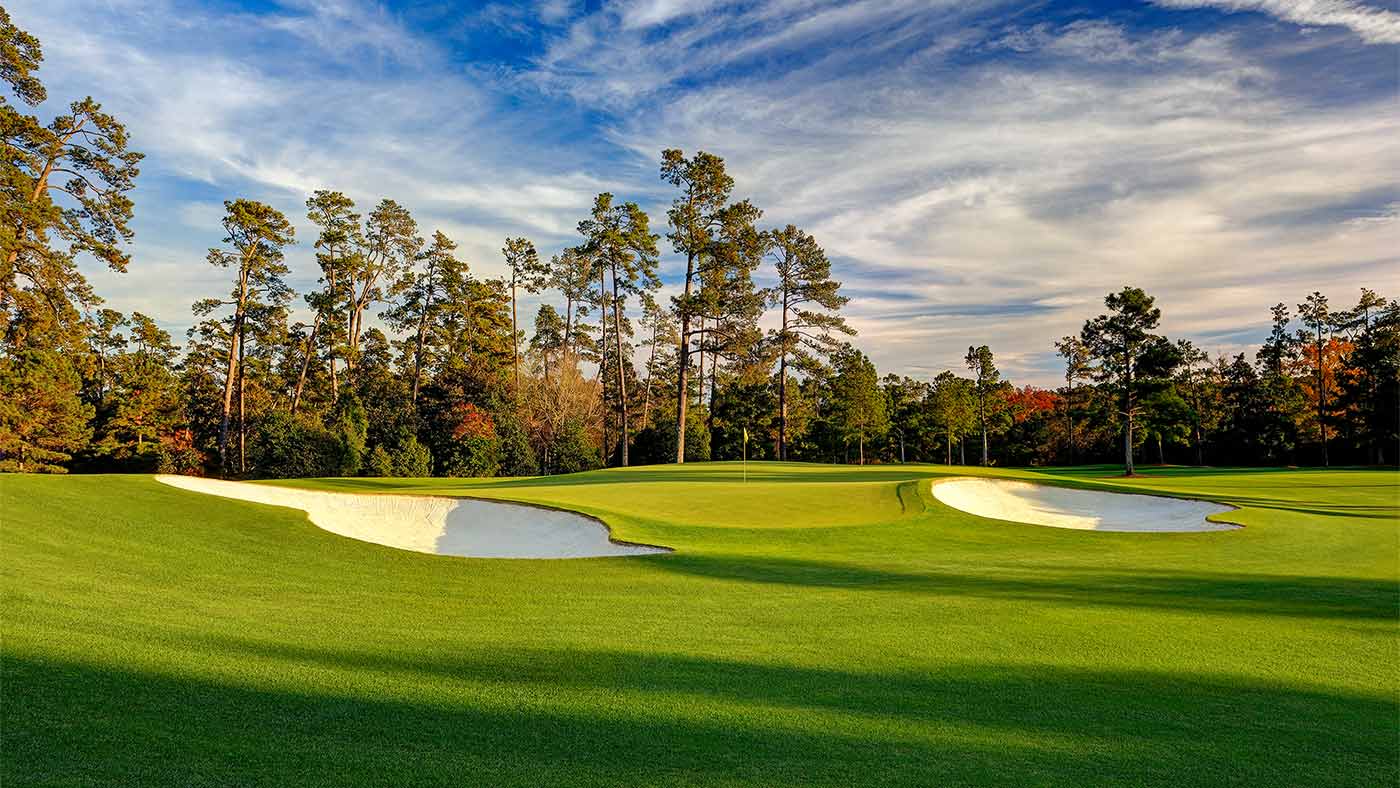
Hole No. 18: Par-4 / 465 yards (Holly)
By Tiger Woods (1997, 2001, 2002, 2005, 2019 Masters champion)
In interviews, courtesy of Masters.com, the five-time green-jacket winner has talked often about how to play the 18th.
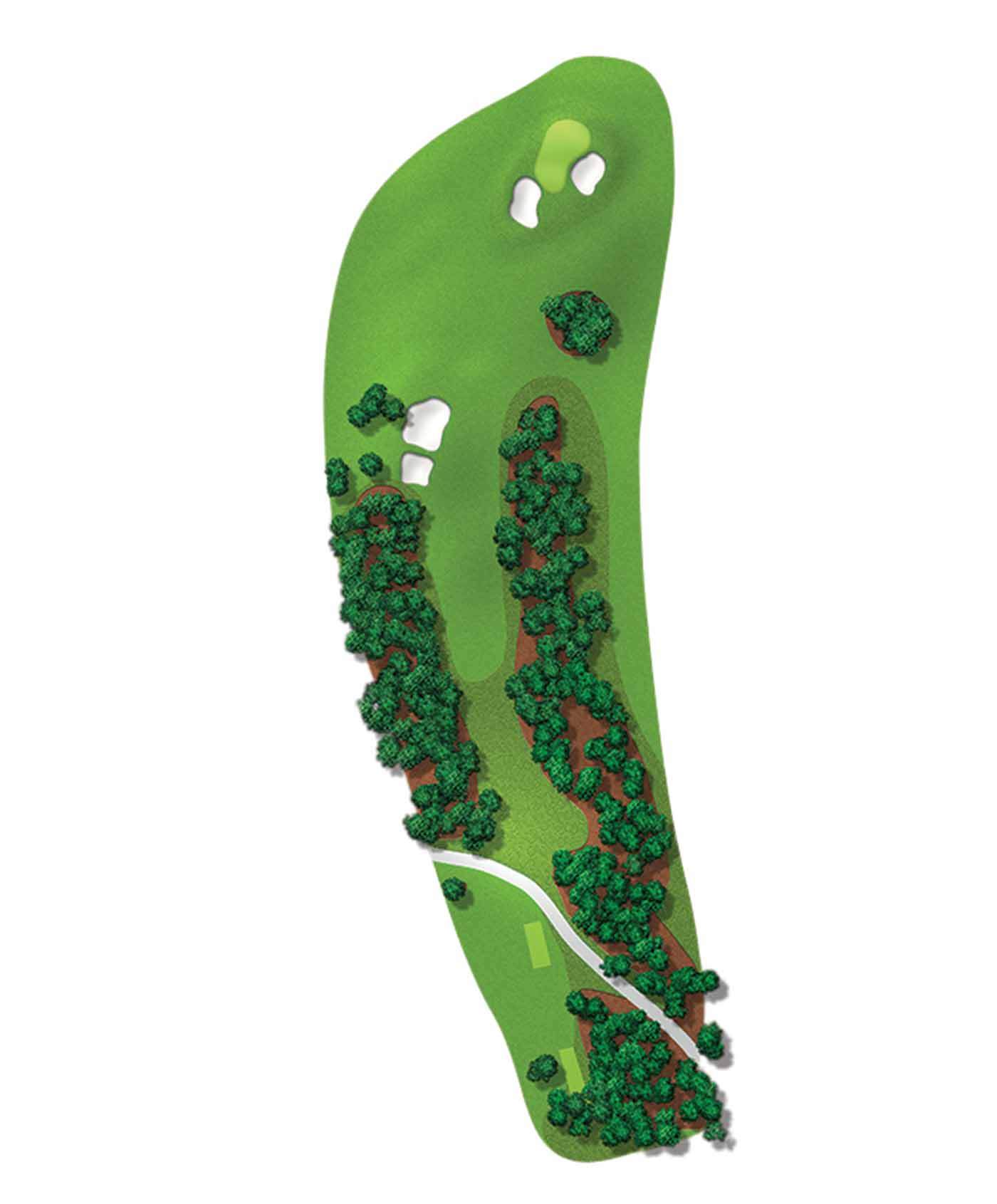
What you see off the tee: “Hitting out of the narrow chute, my tee strategy is dictated by the wind. If it’s out of the north, a headwind, I’ll hit driver. If it’s calm, I’ll hit 3-wood. Basically, I’m using a club that puts me just short of the closest bunker on the left.”
Where you’ll make your biggest mistake: “The most difficult hole location is back-left. It’s a bear — only about a yard and a half beyond the crest. There’s a lot of room behind, but long is not where you want to go.”
Why it’s unforgettable to me: “I’ve had a lot of incredible experiences at this hole. … In years when the tournament hung in the balance, I kept my head down, still grinding. … Those times it was hard to appreciate it, because you’re so locked into what you still need to do. In 1997 and 2001, though, I walked up the fairway with both titles virtually in hand. I knew I was going to be Masters champion, and I was able to soak it all in. There’s not another feeling like it. … In 2019, to have both Sam and Charlie here, and for them to see what it’s like to have their dad win a major, I hope that’s something they’ll never forget.”
Did you know… In 1958, Doug Ford dunked his 72nd-hole bunker shot to win the Masters by three.
